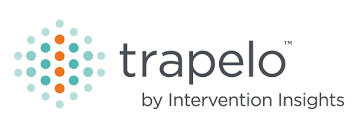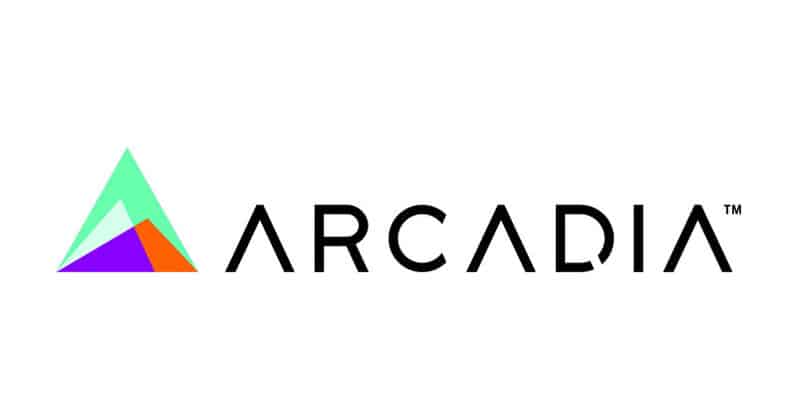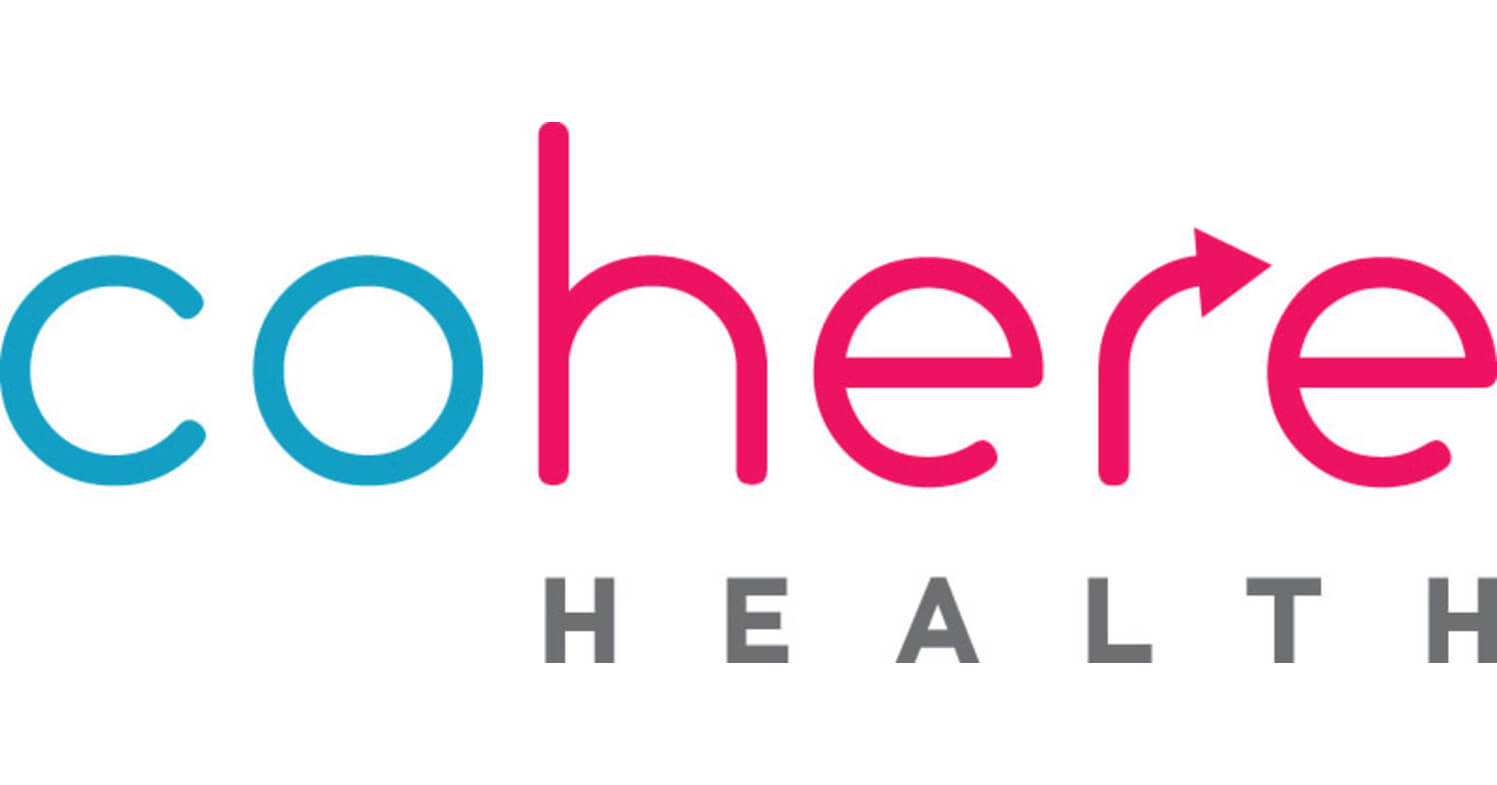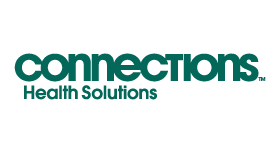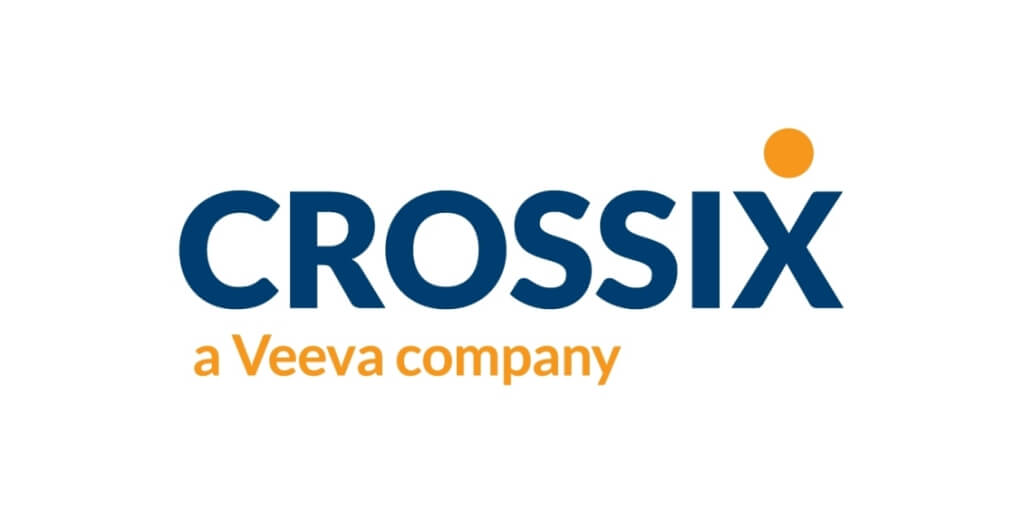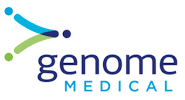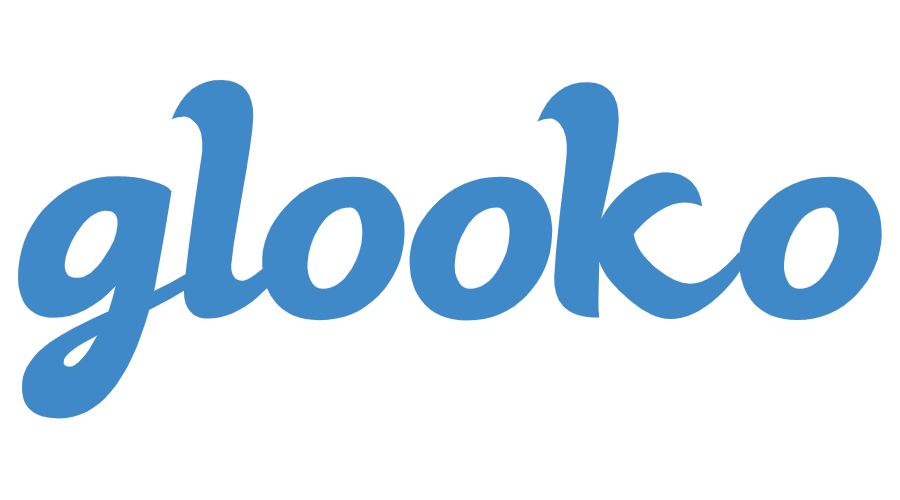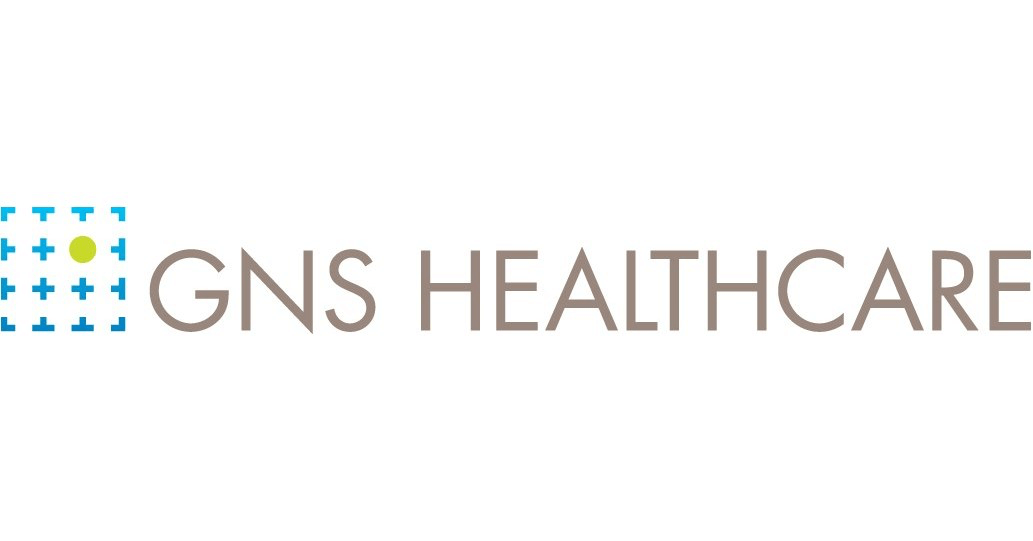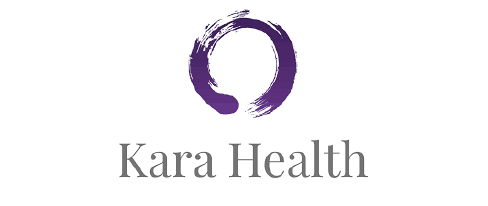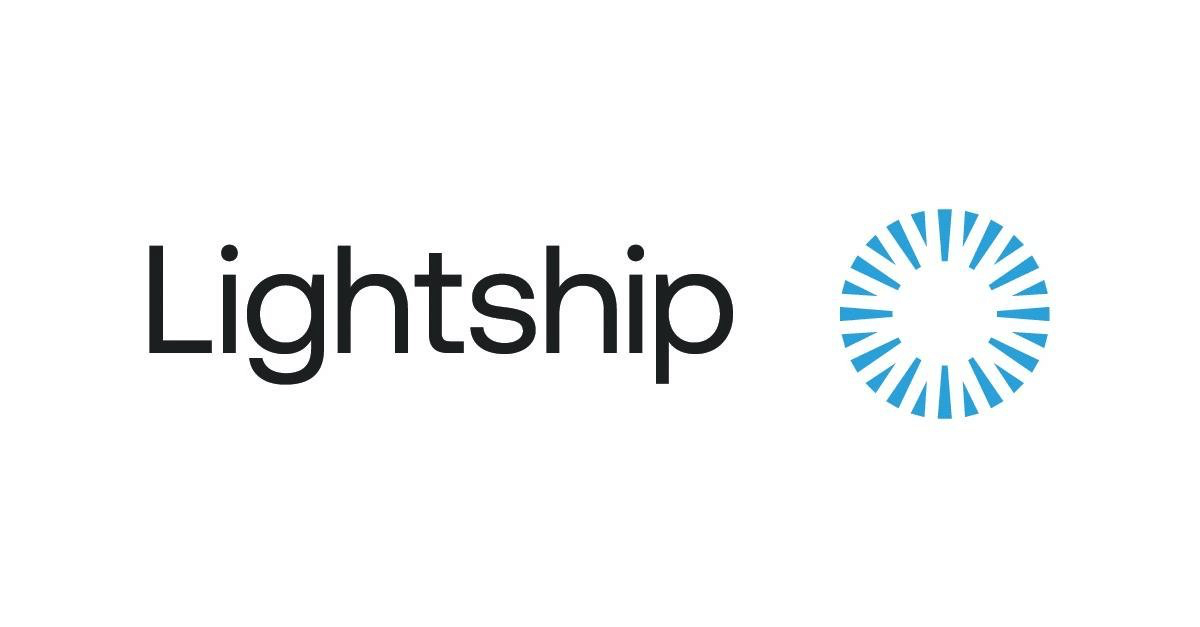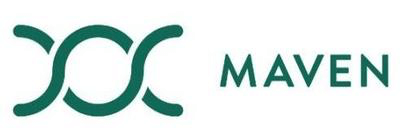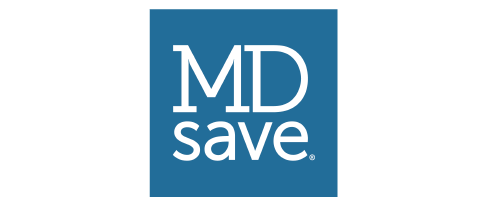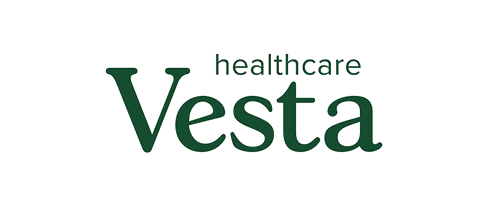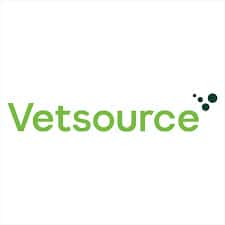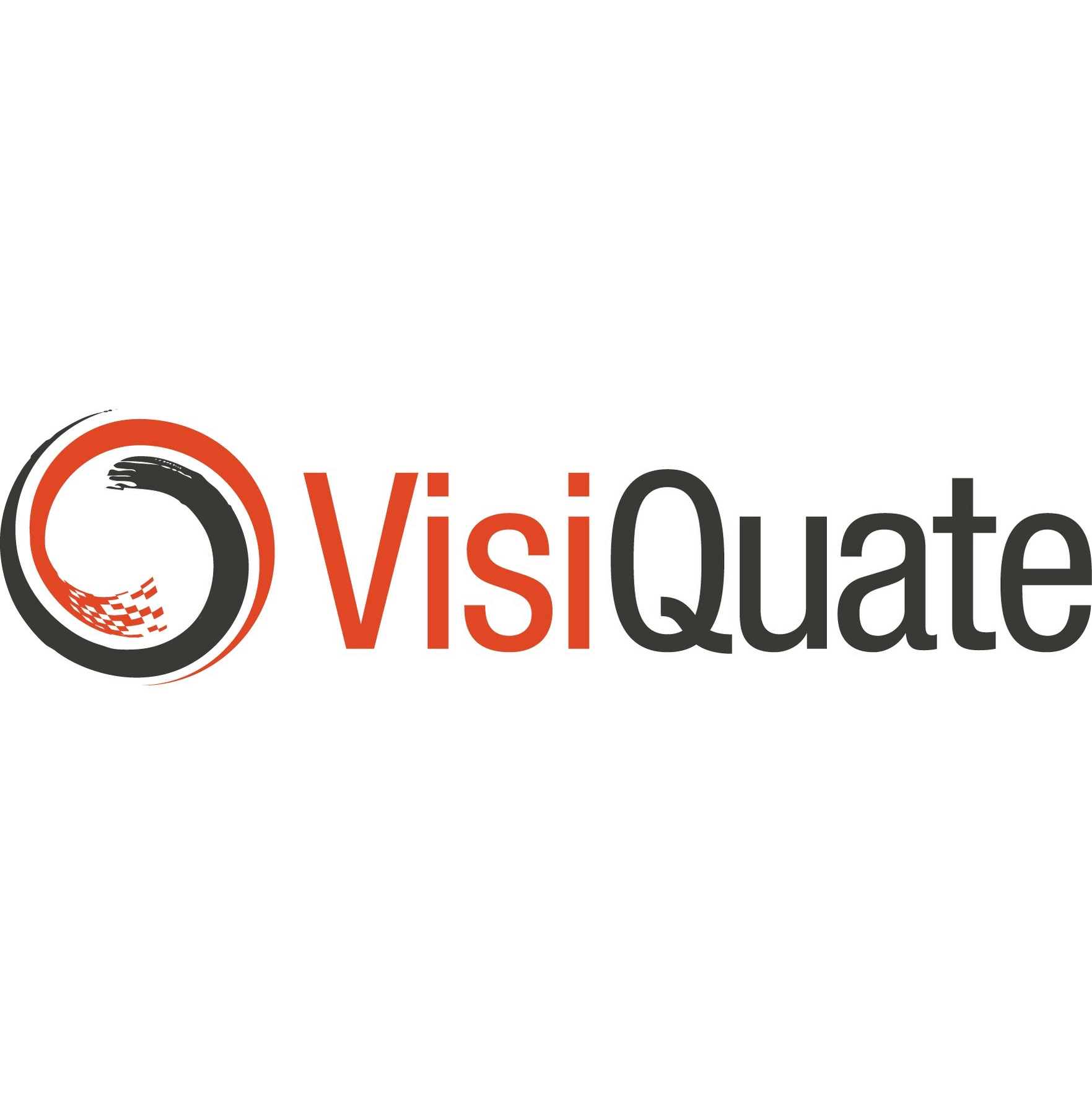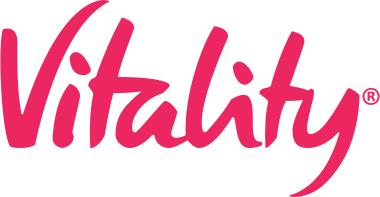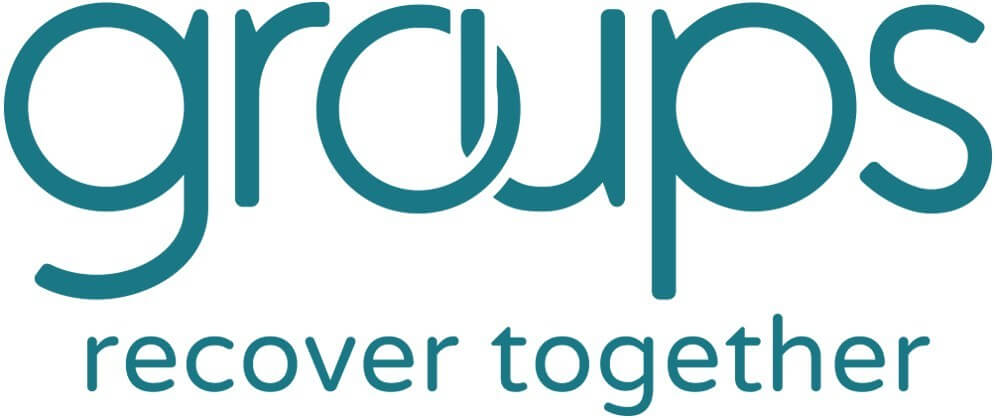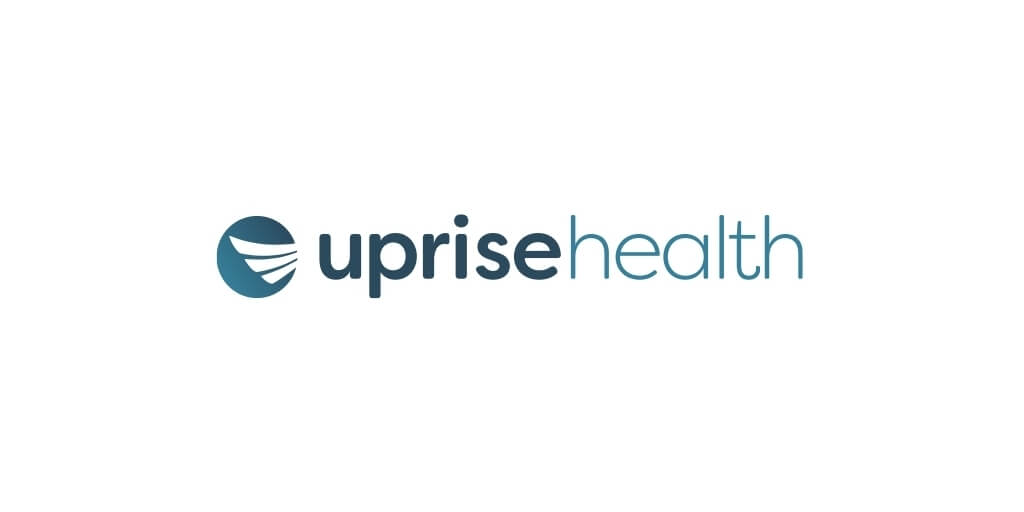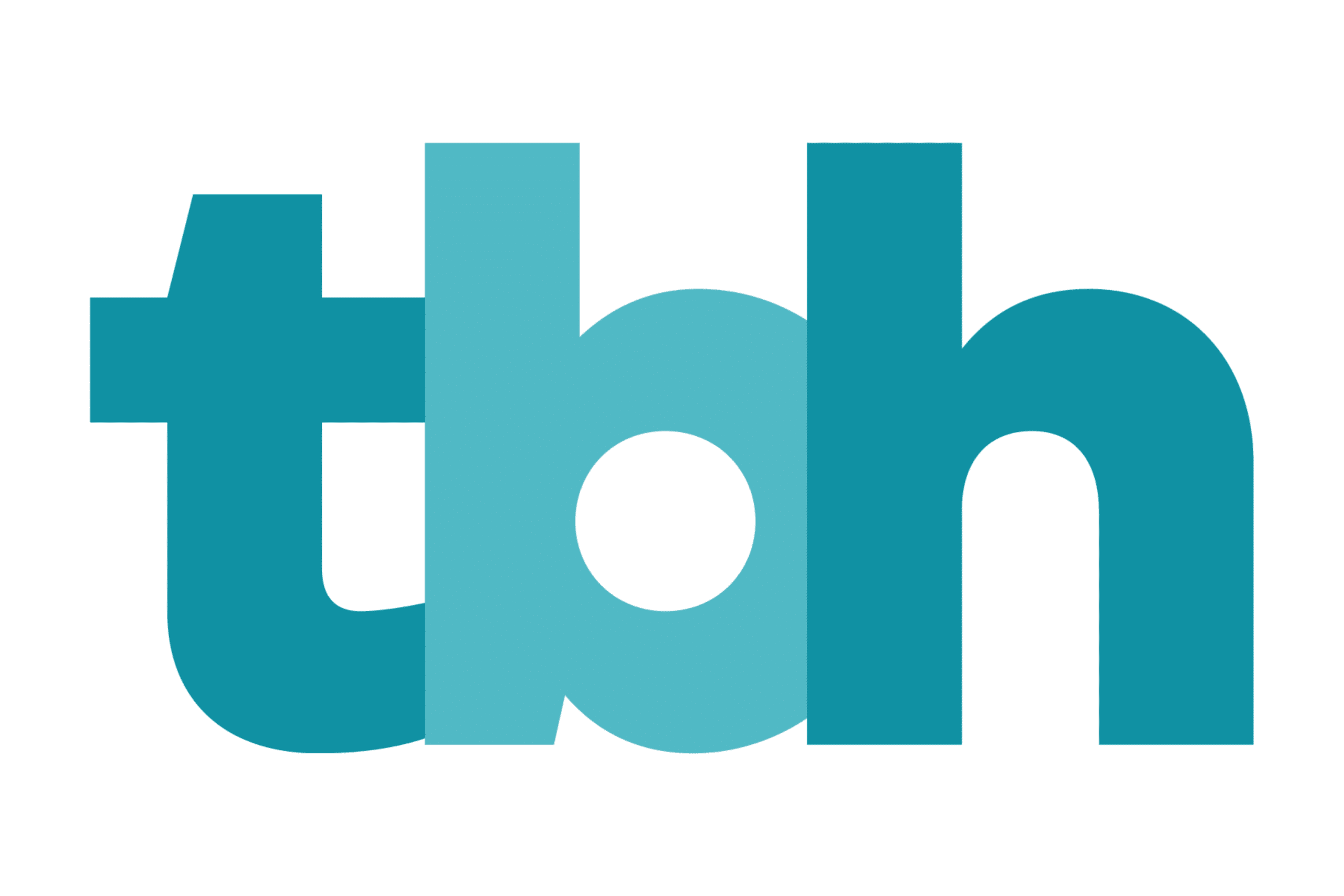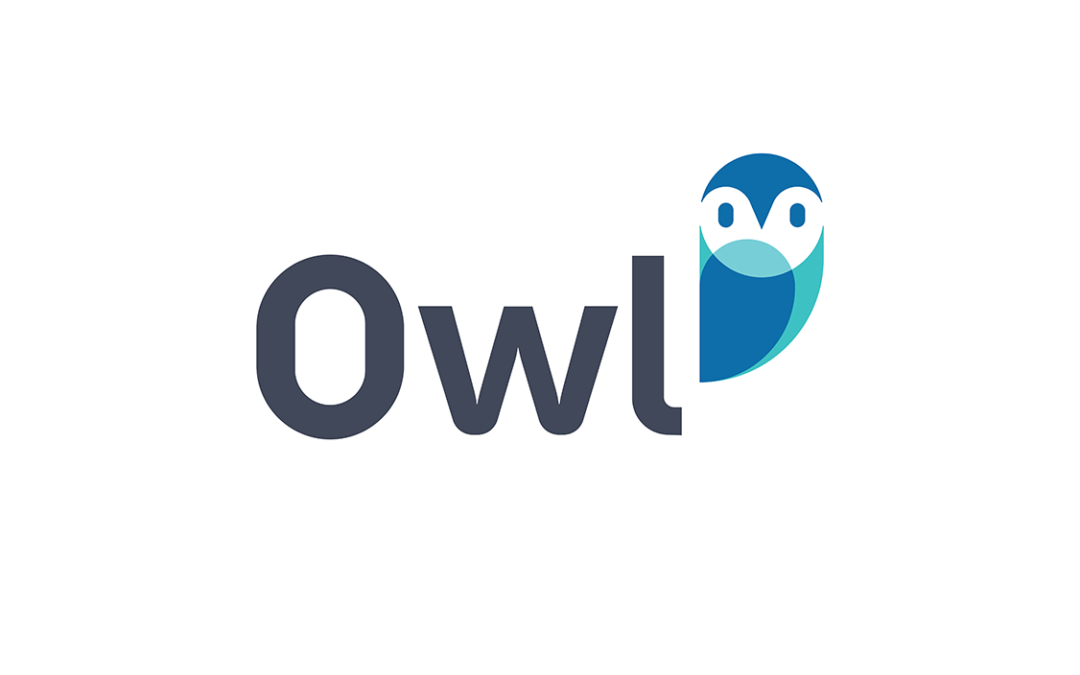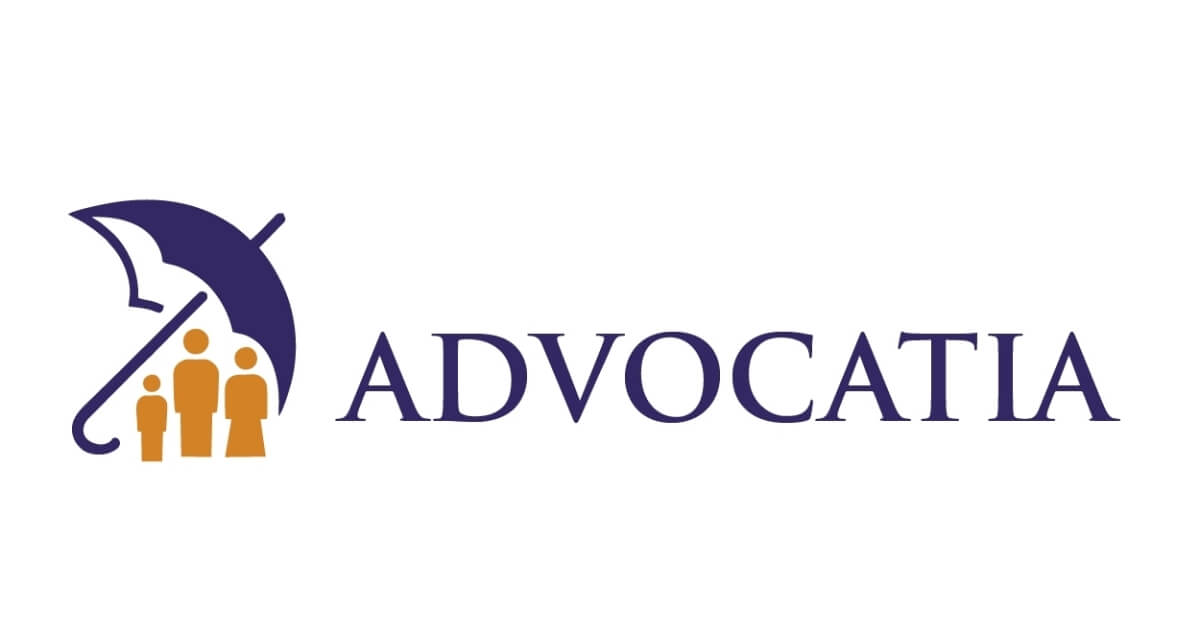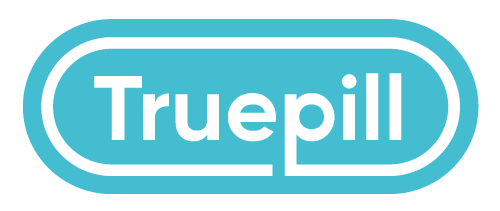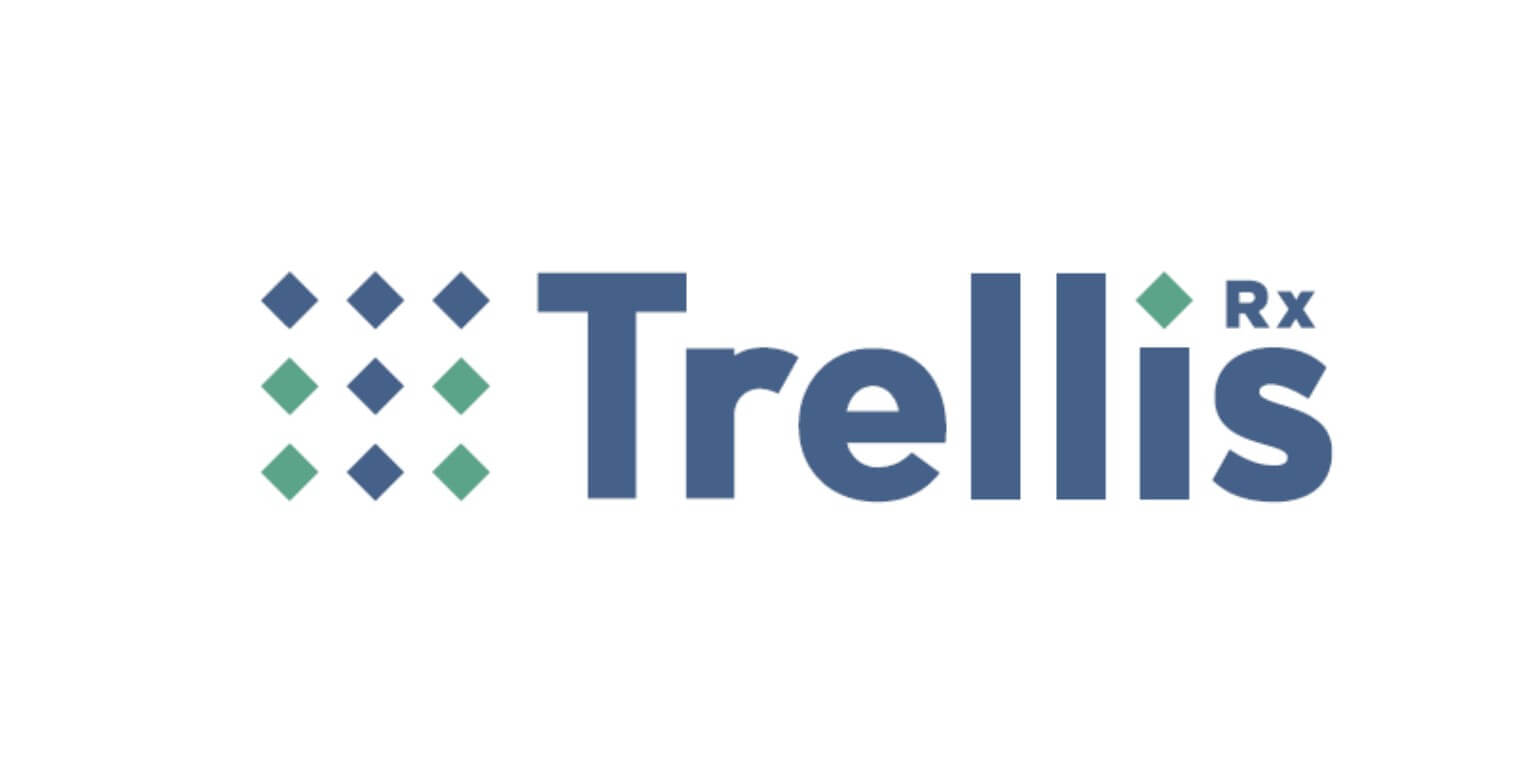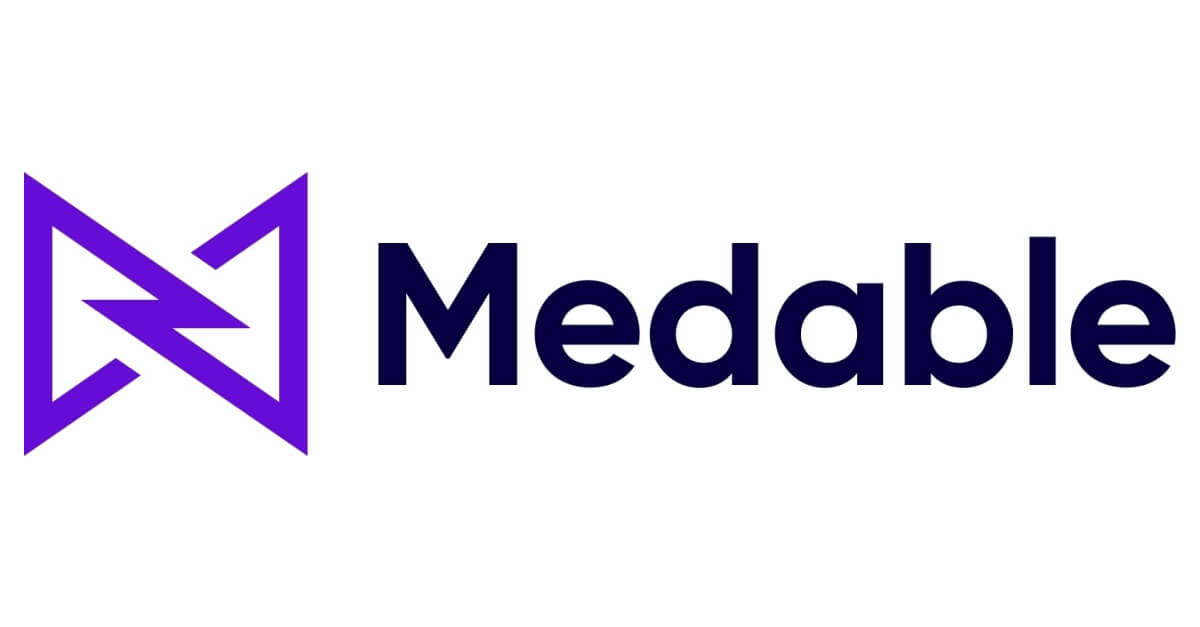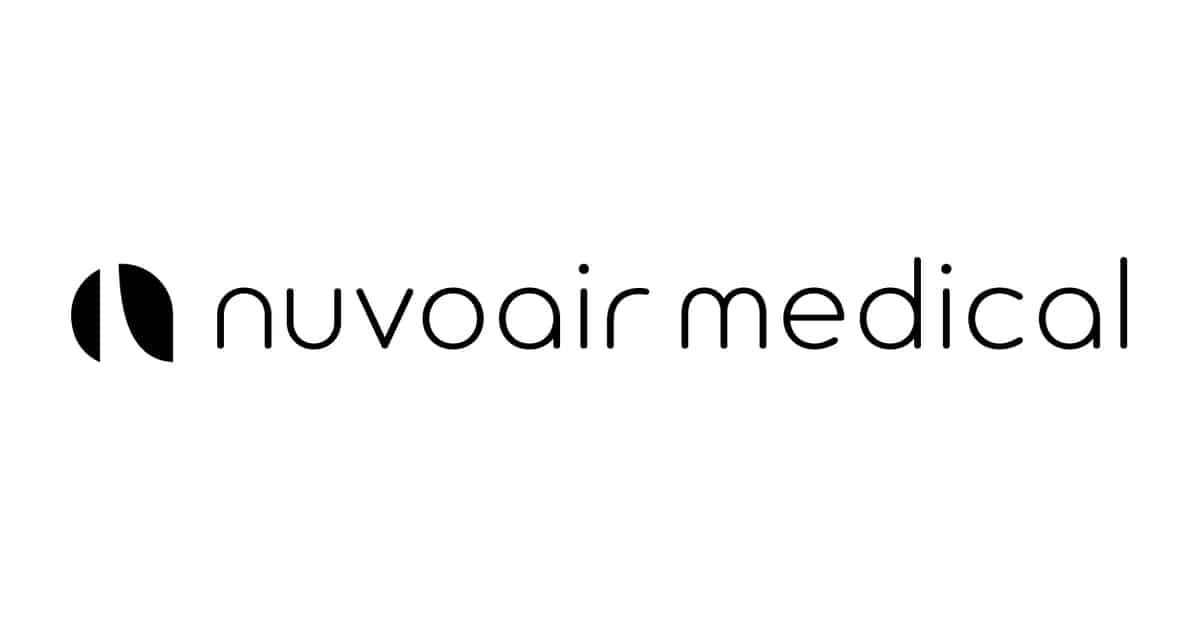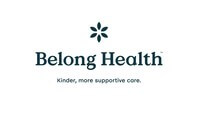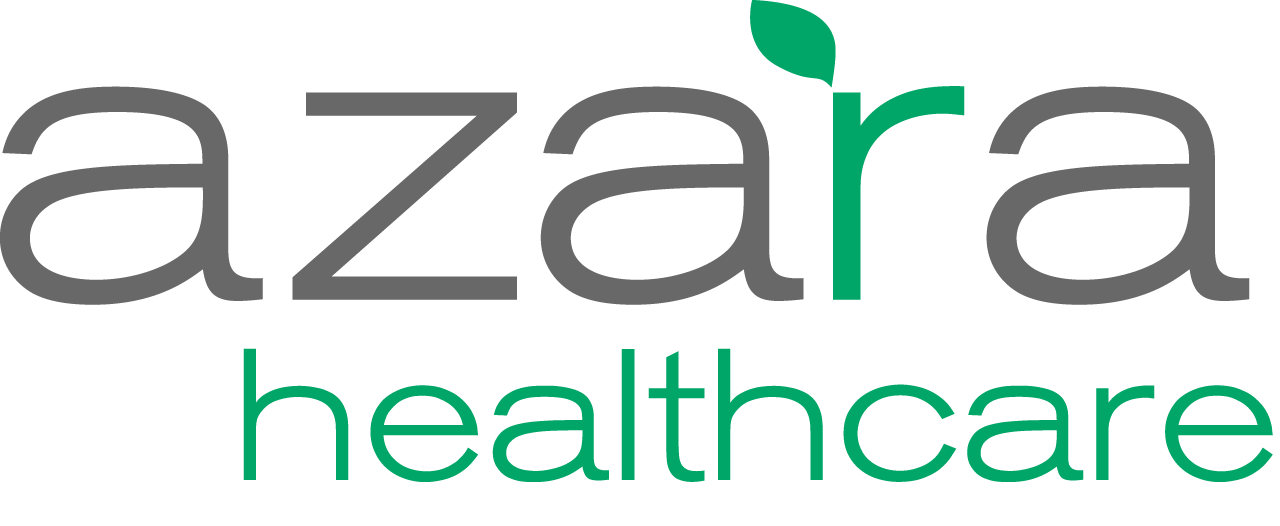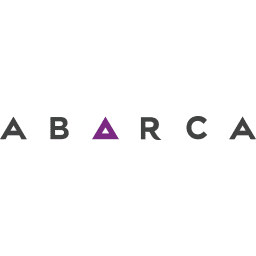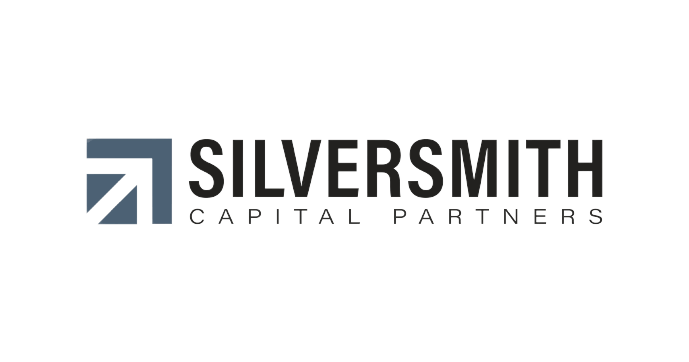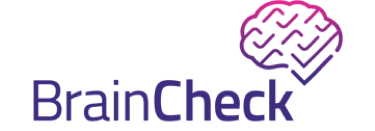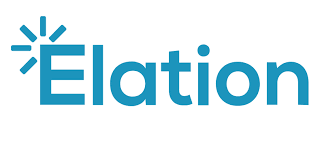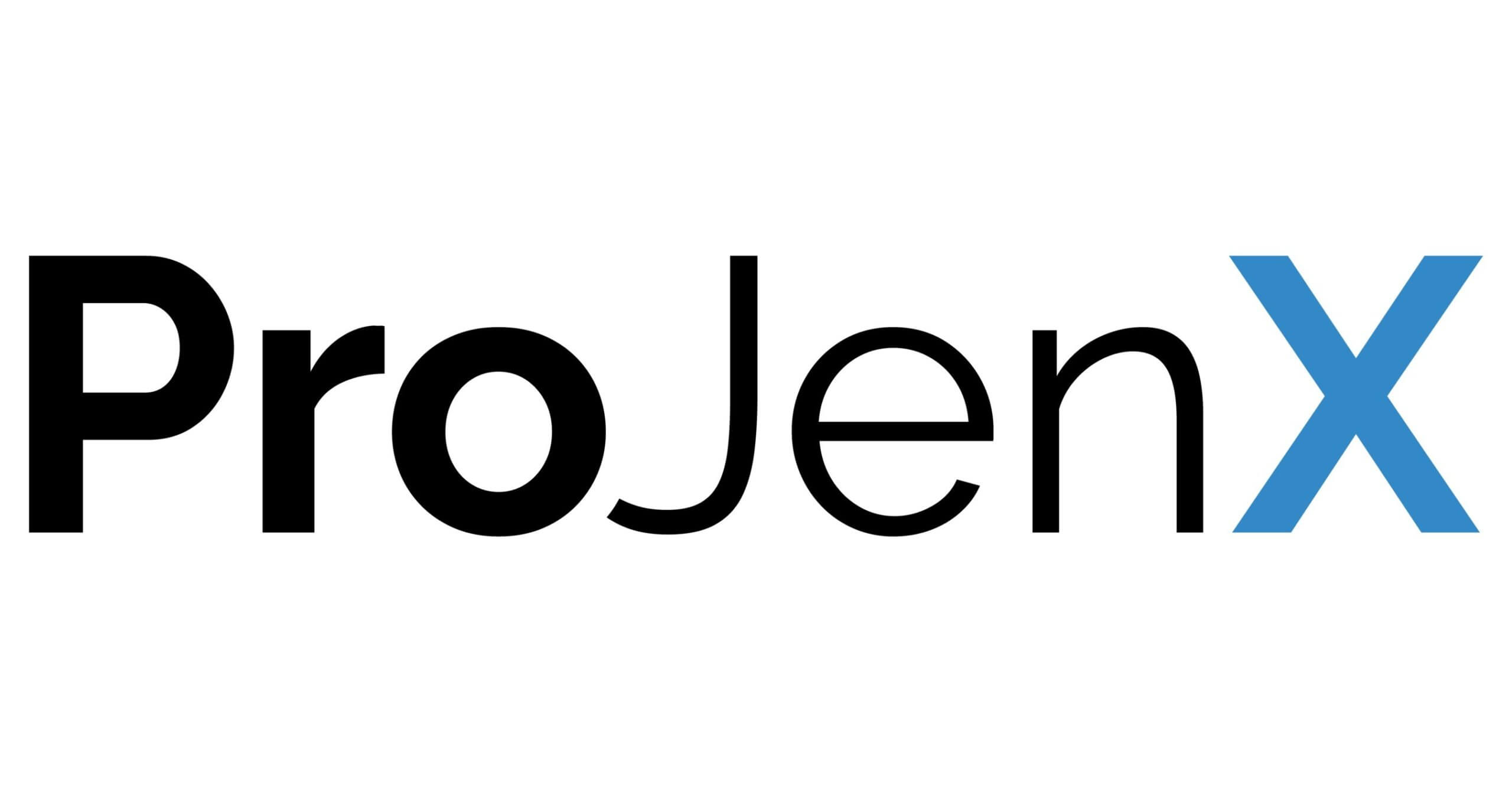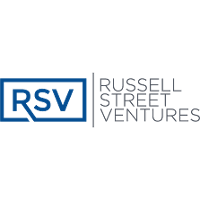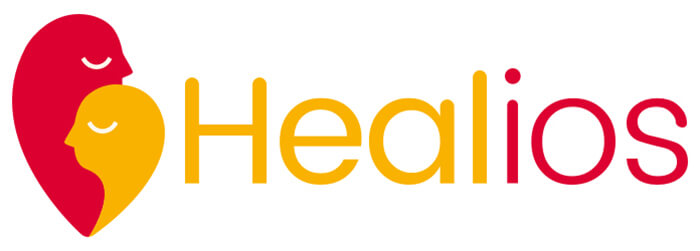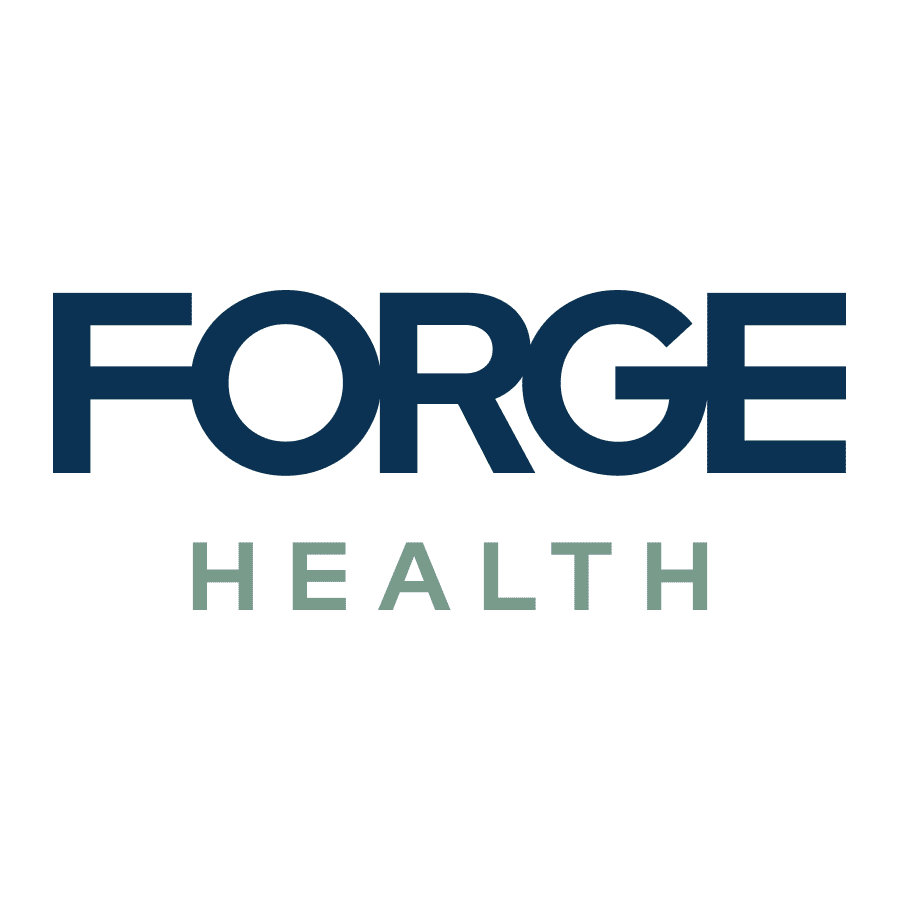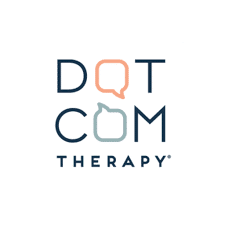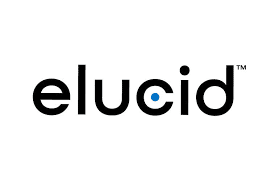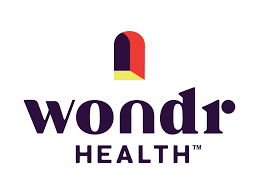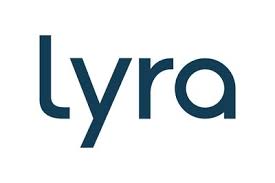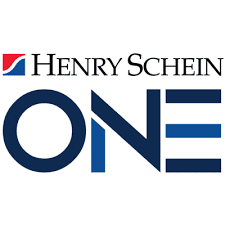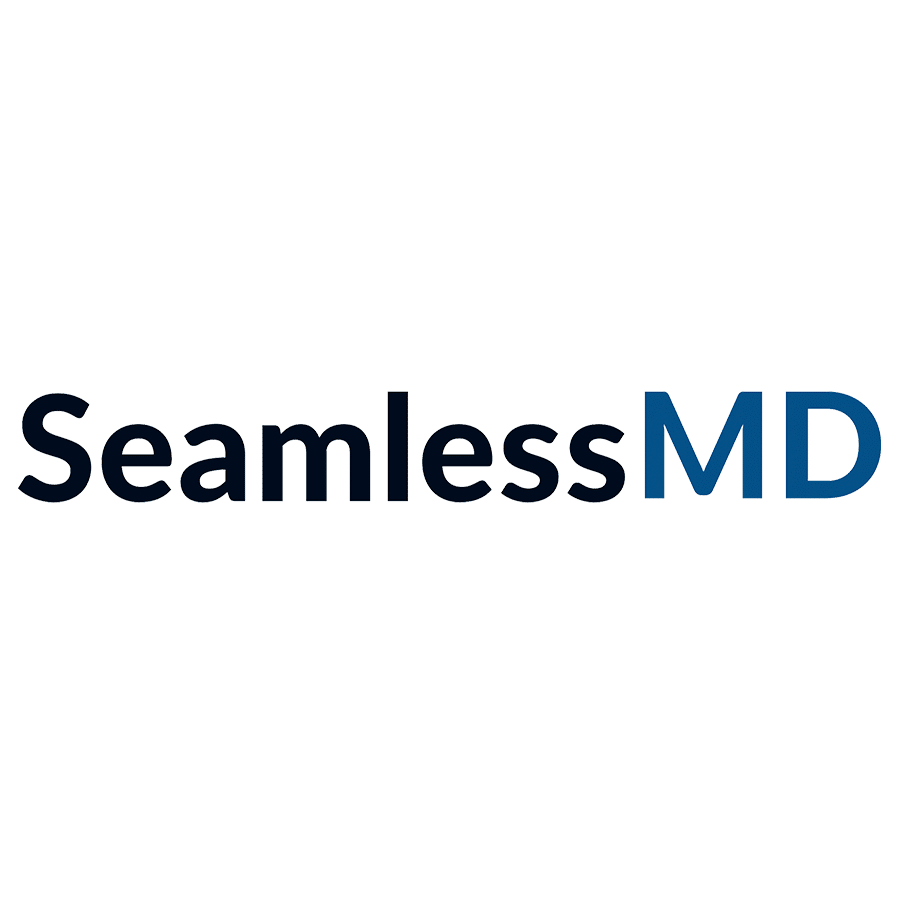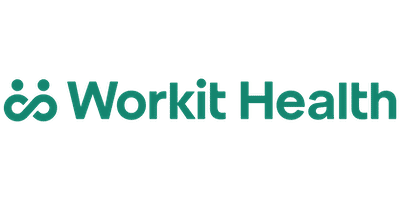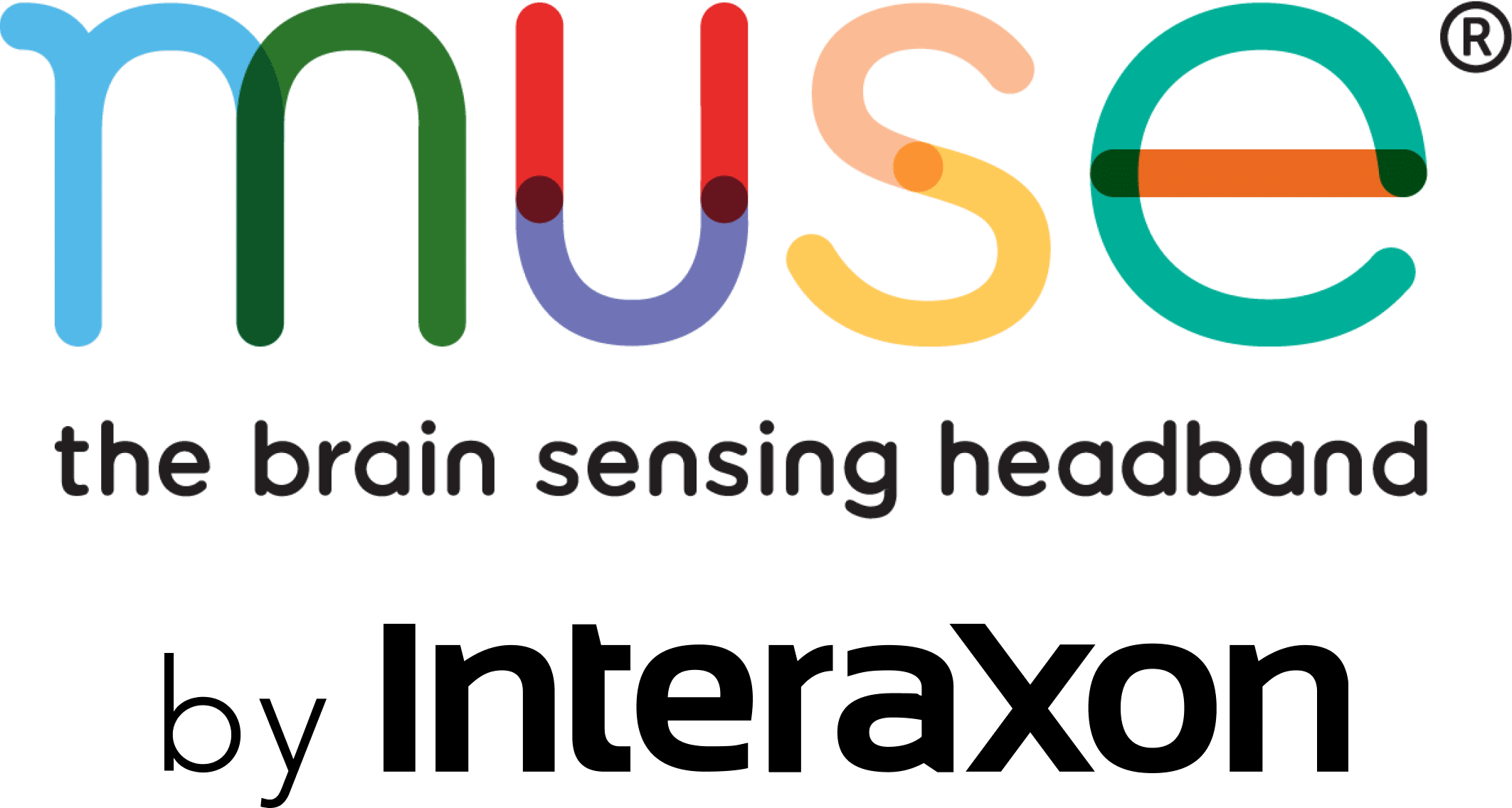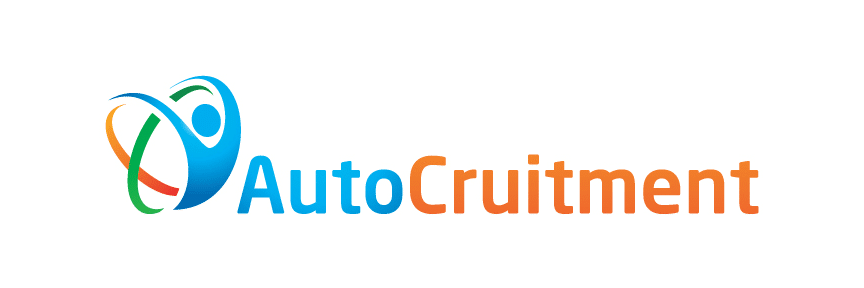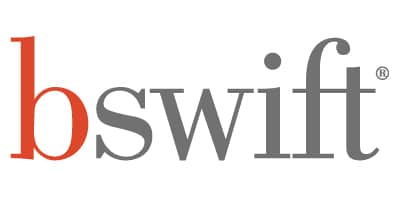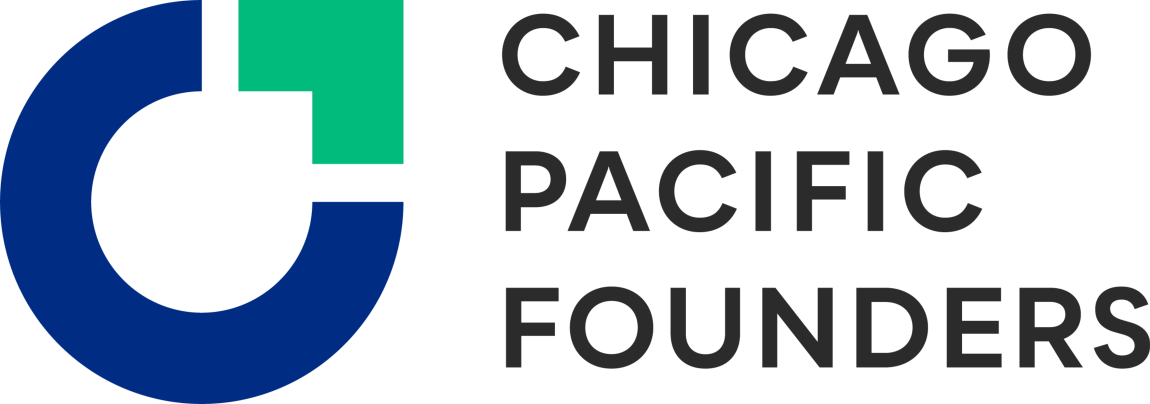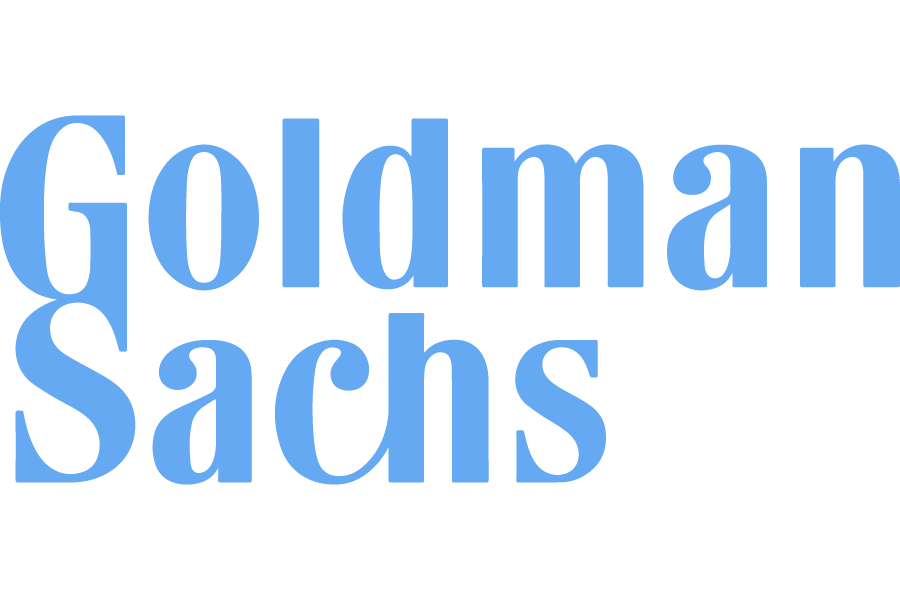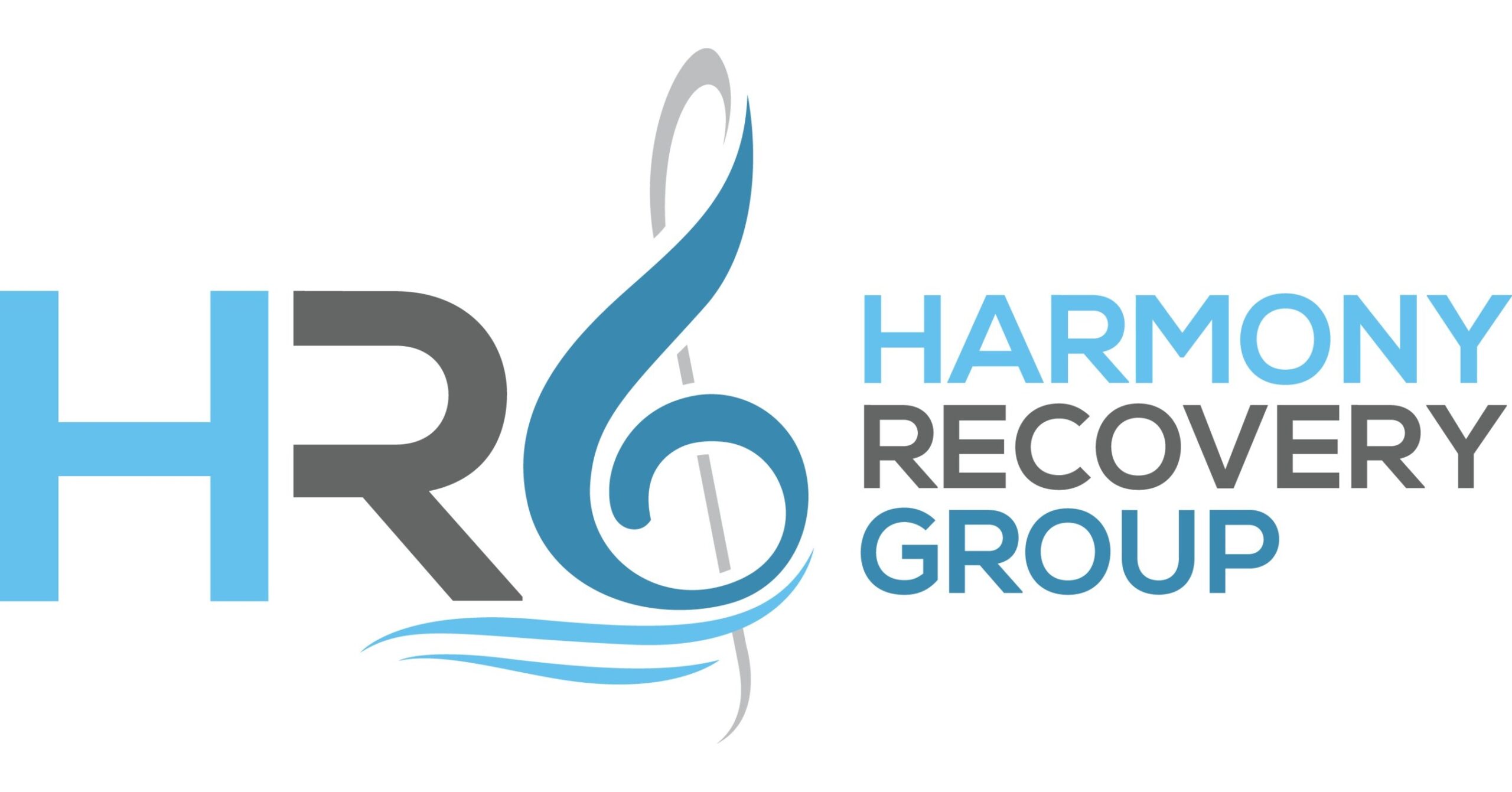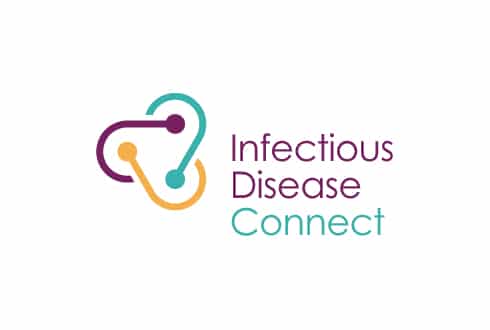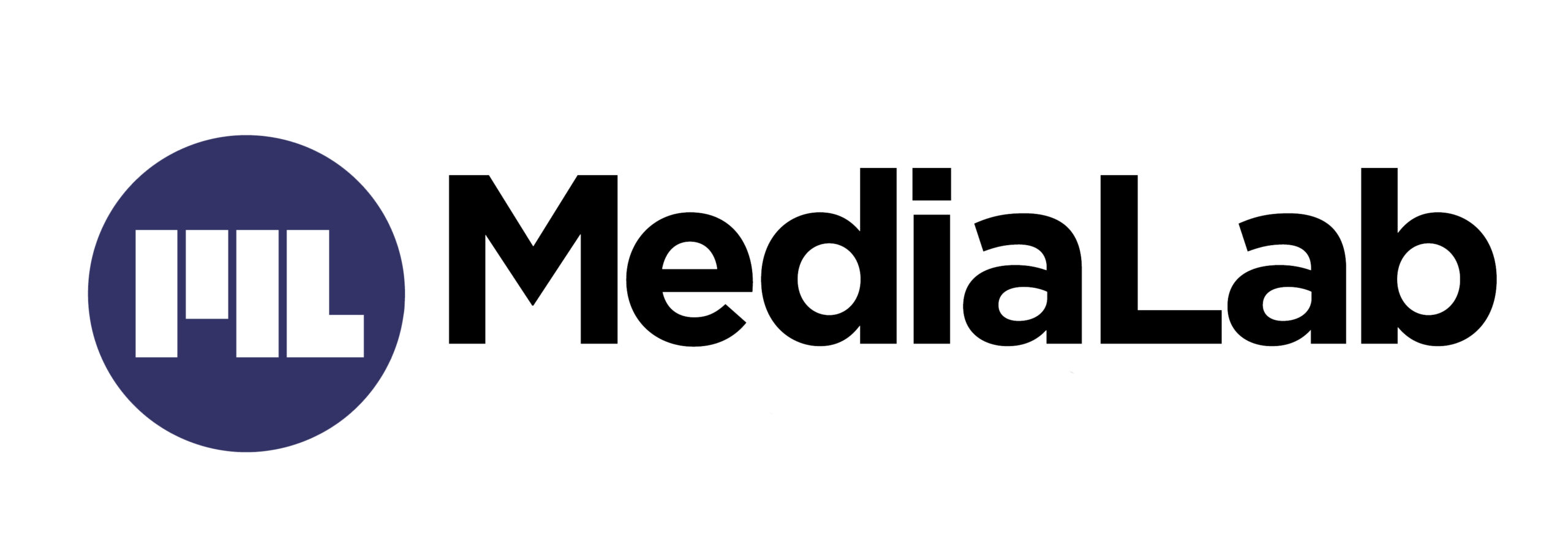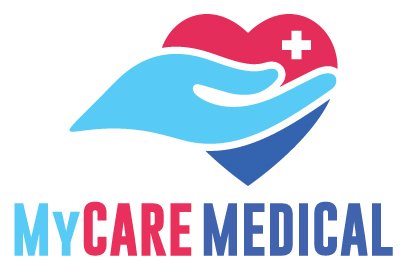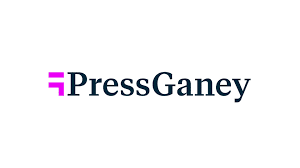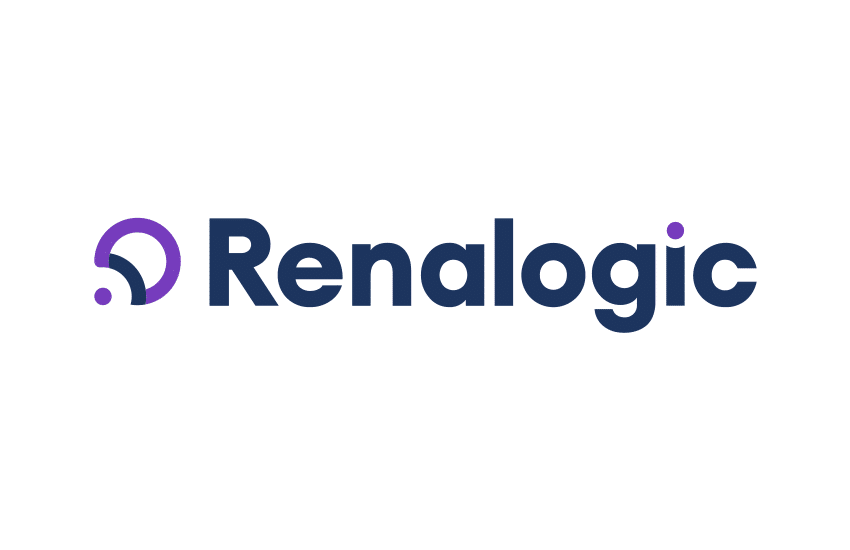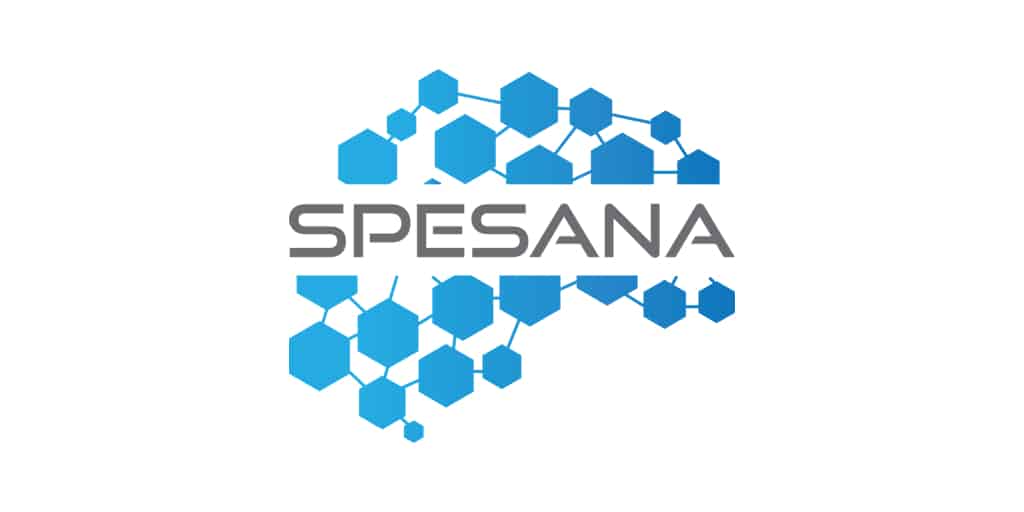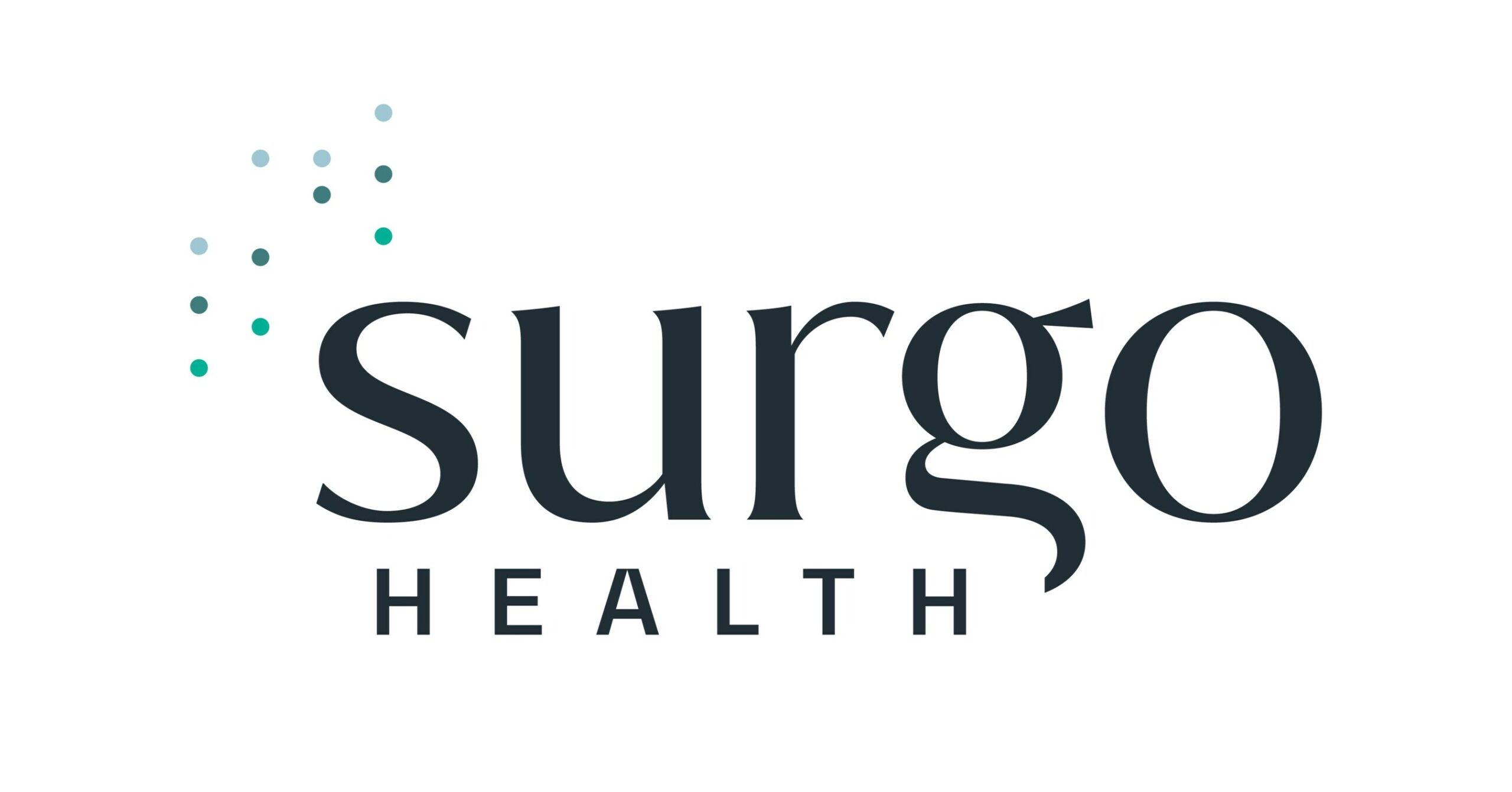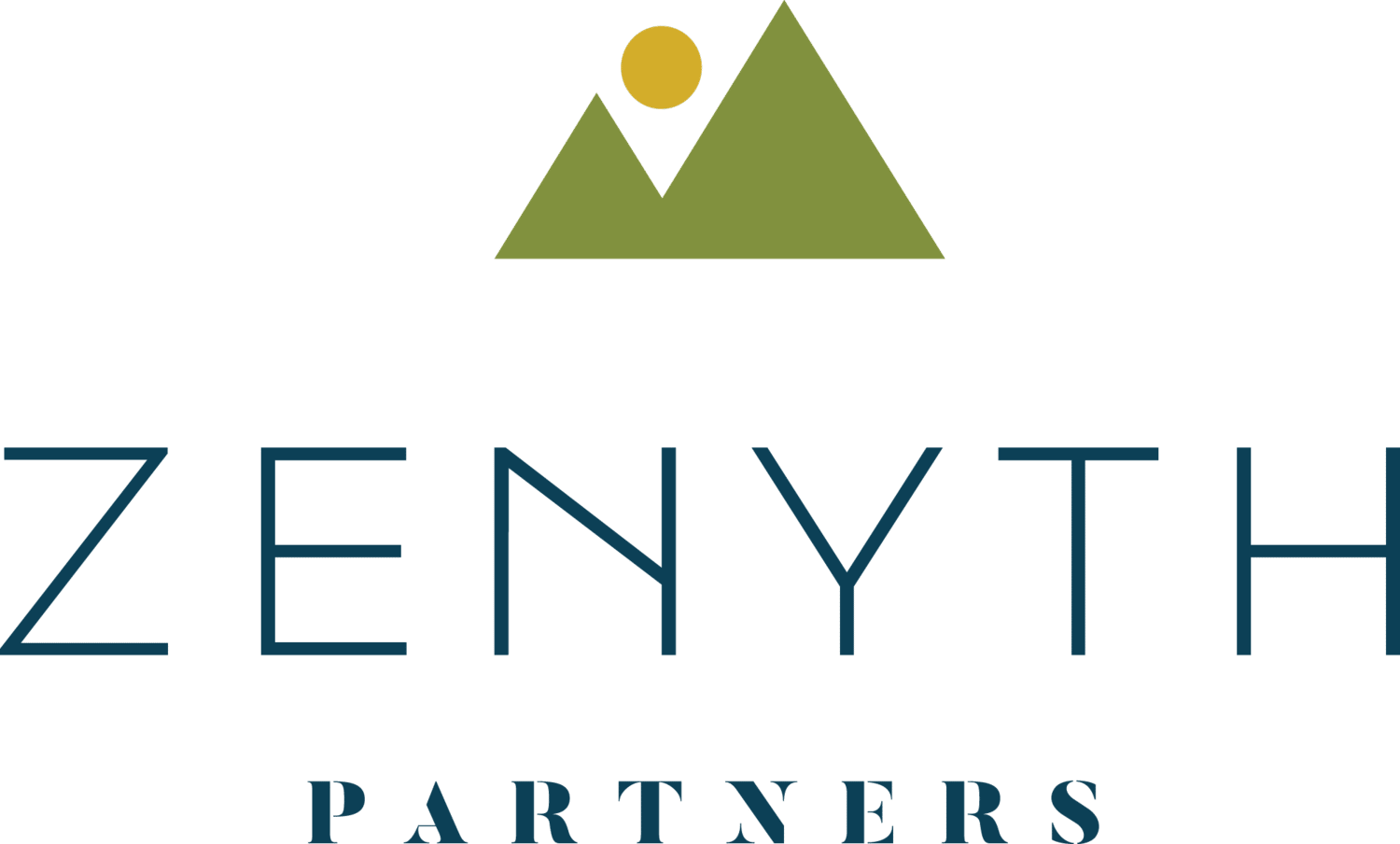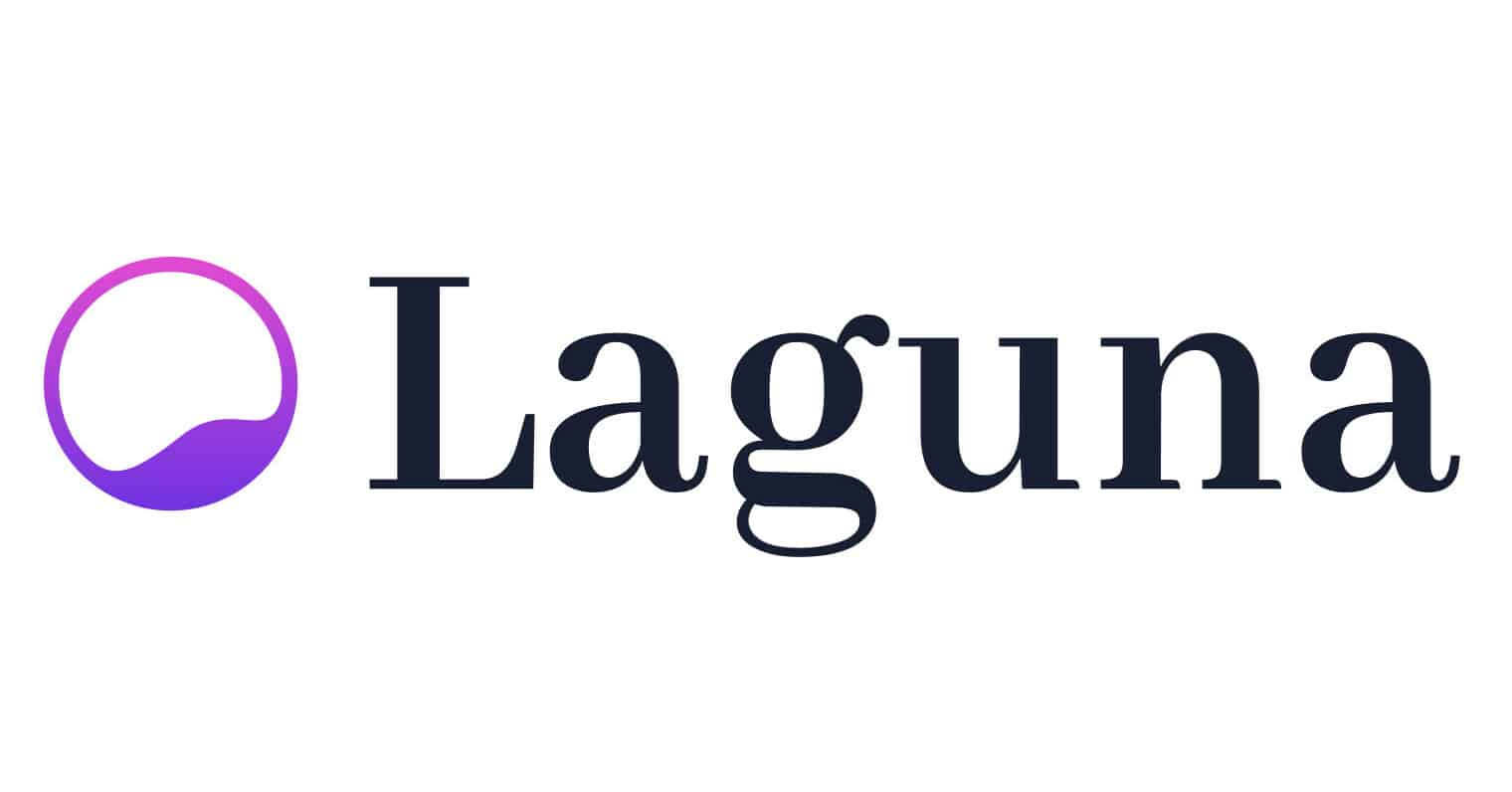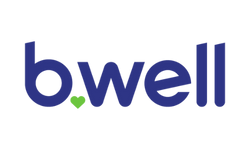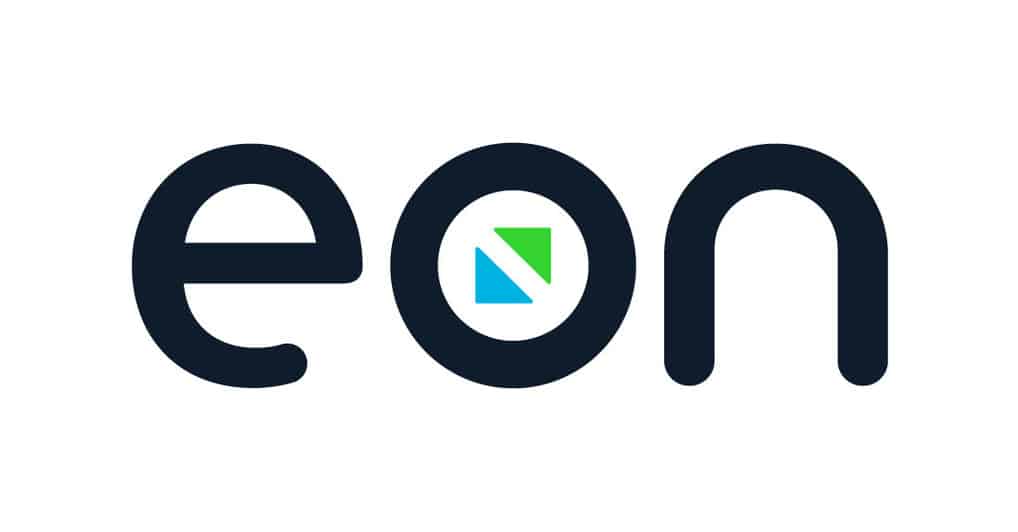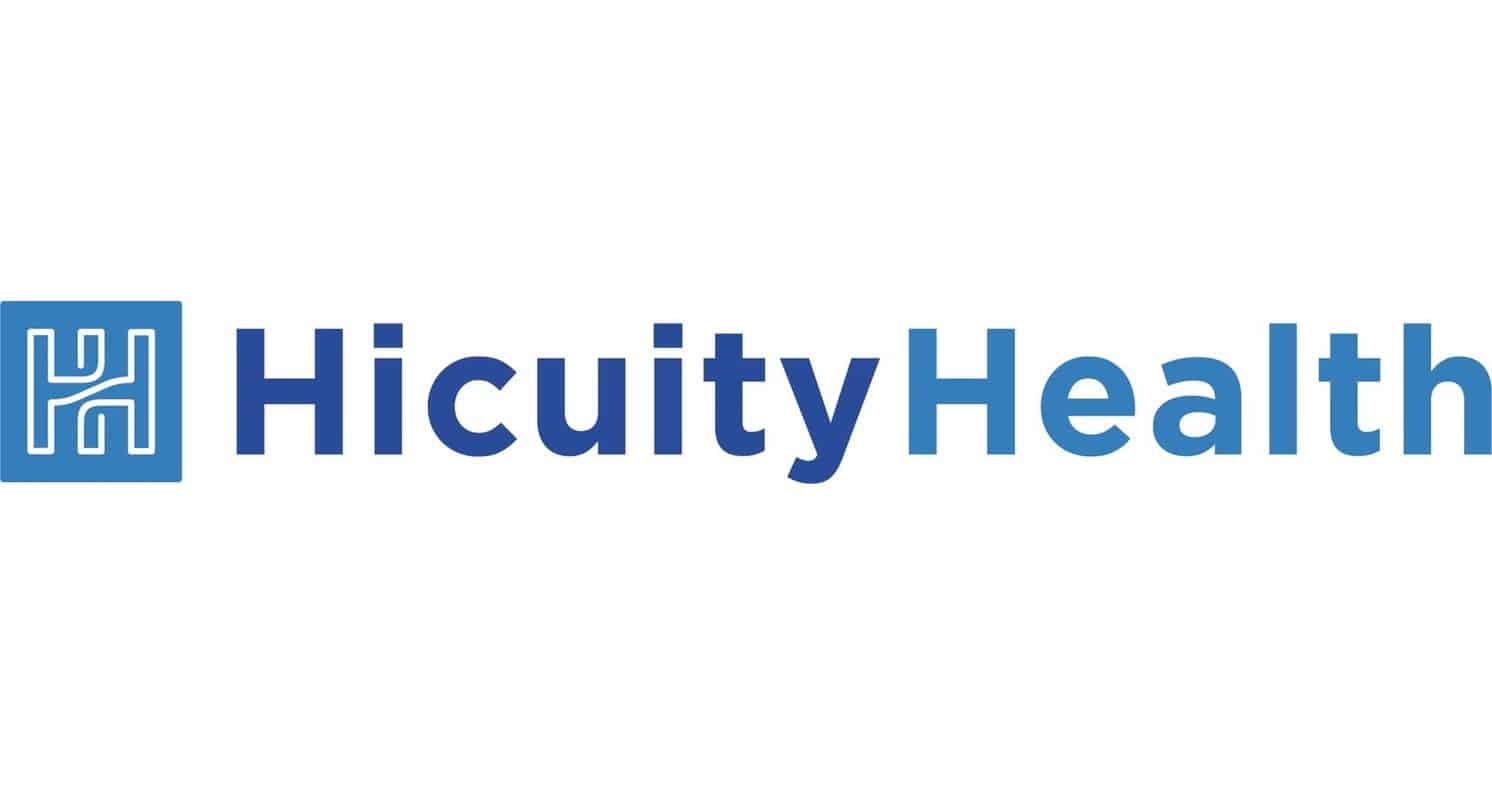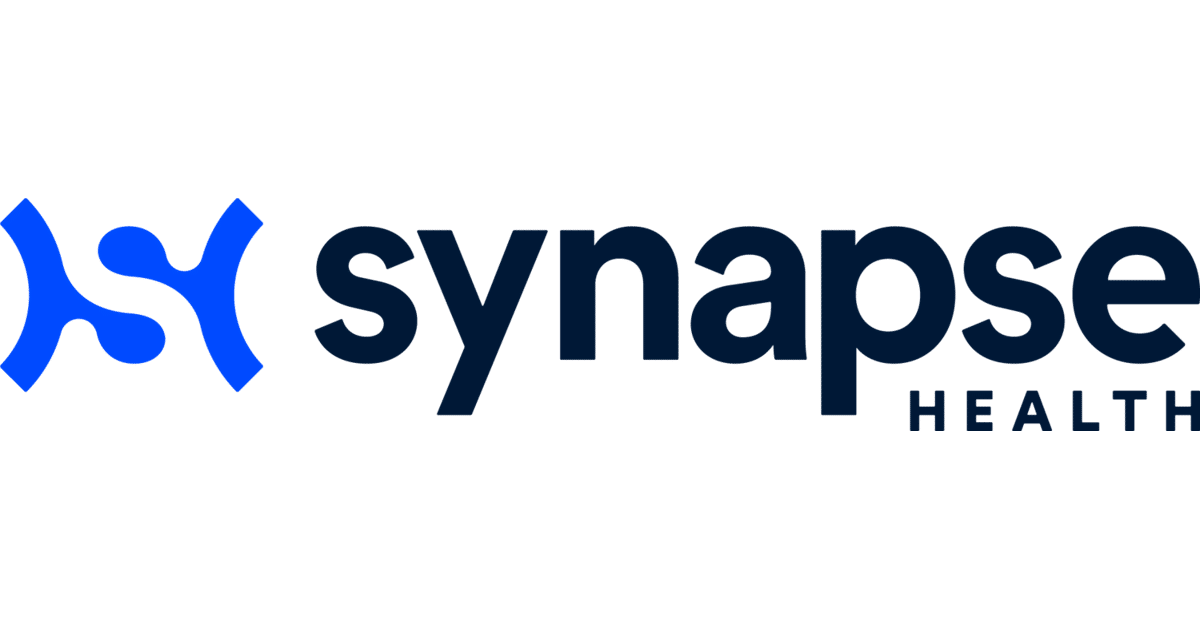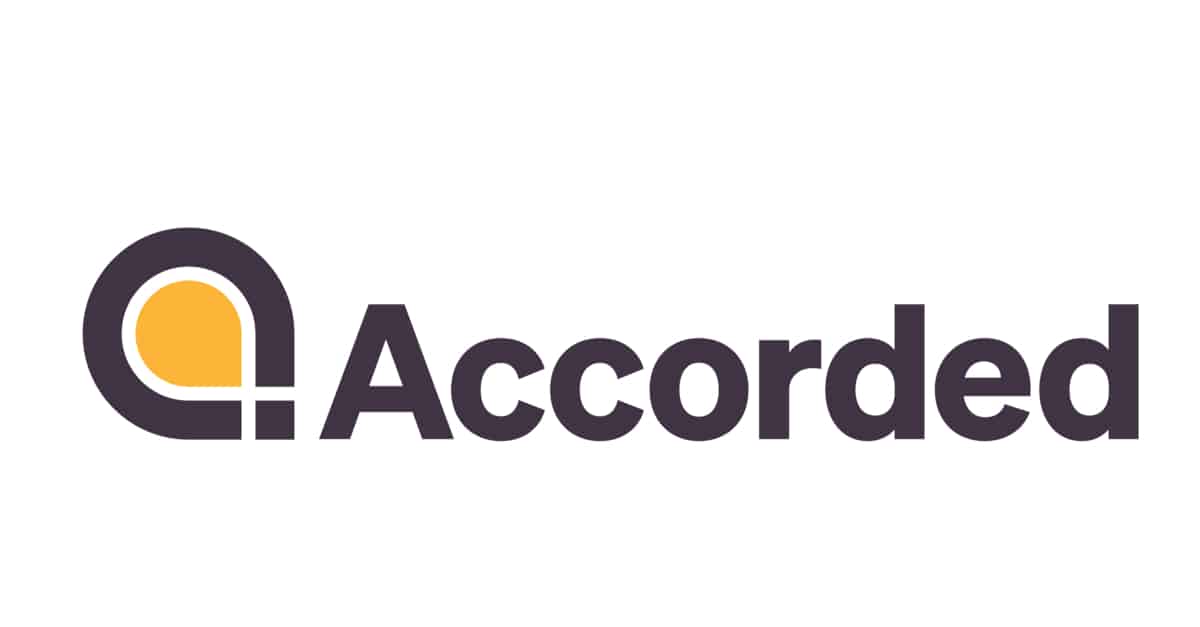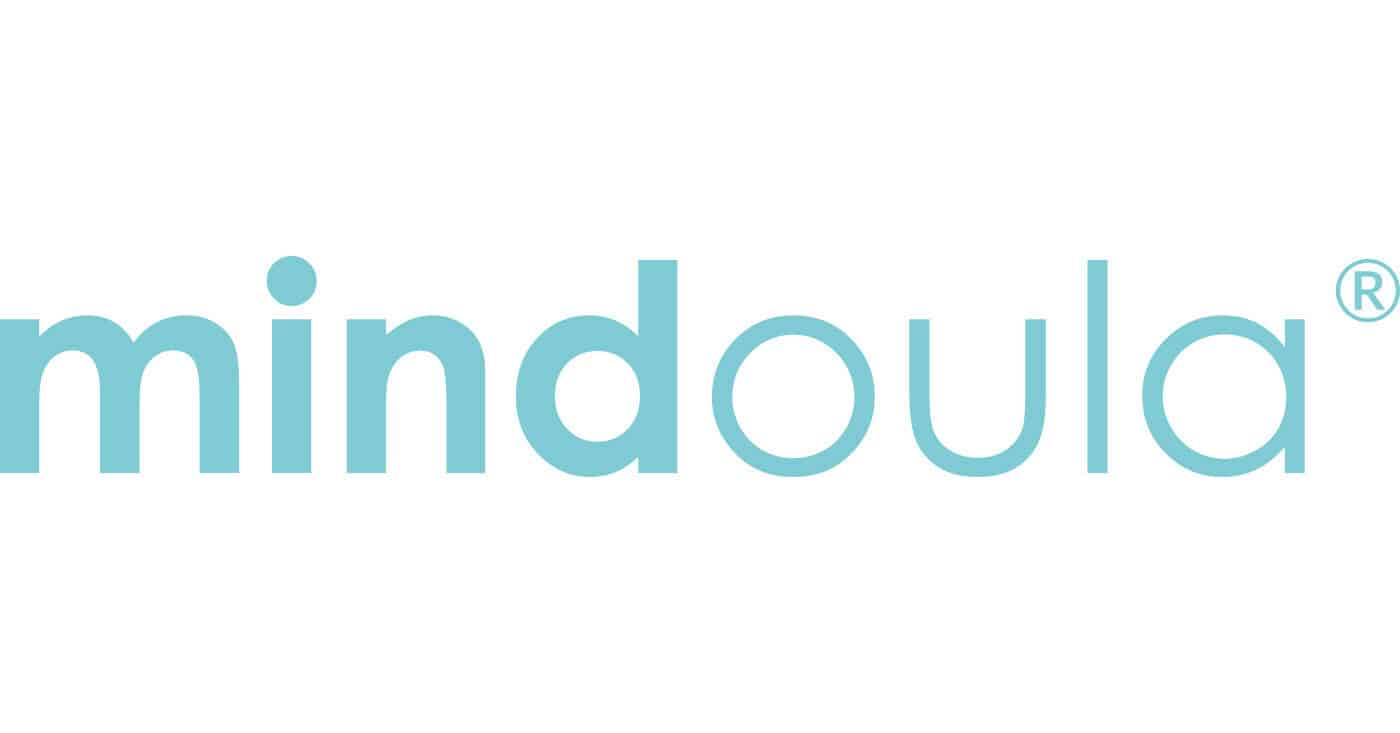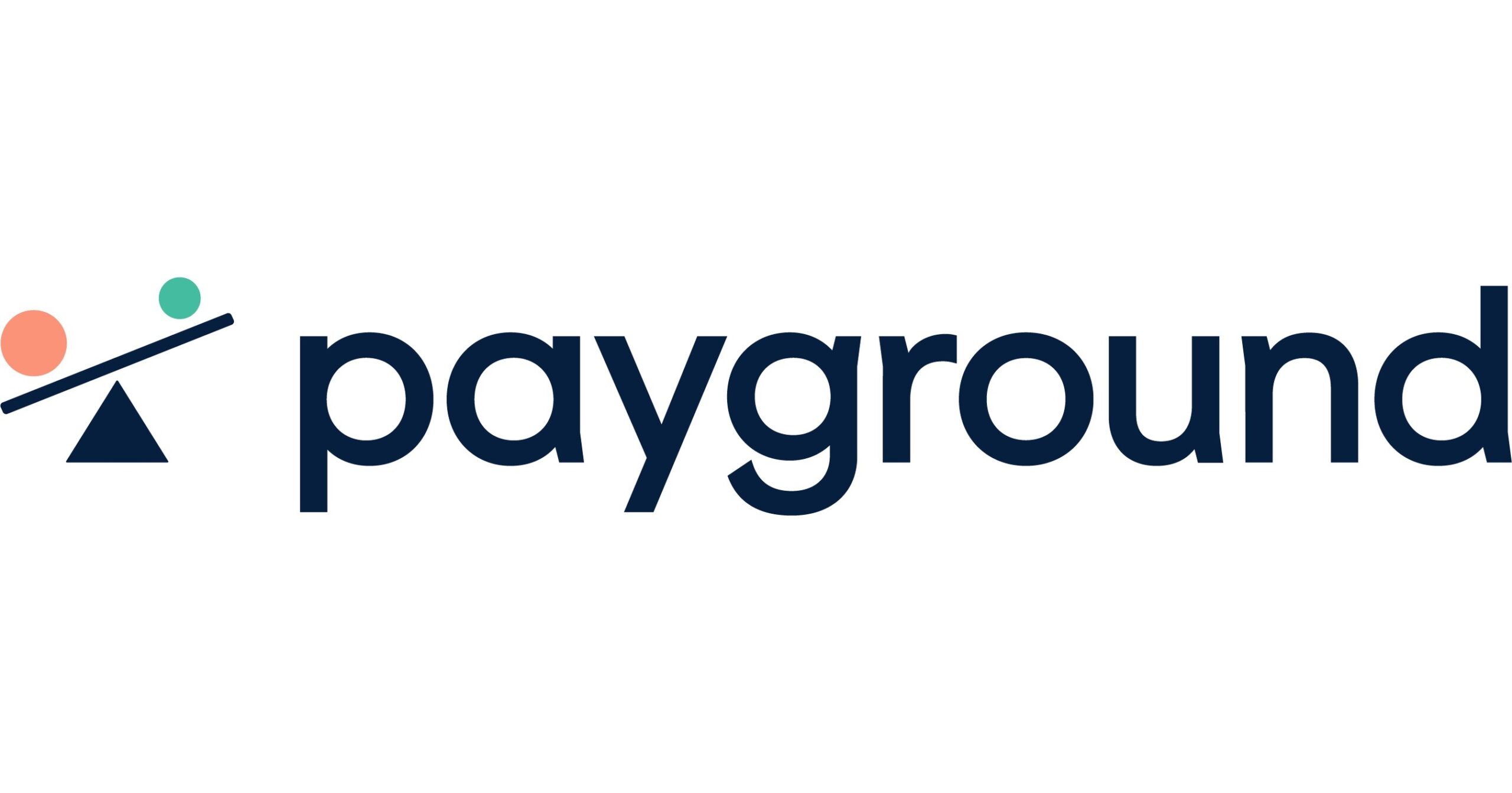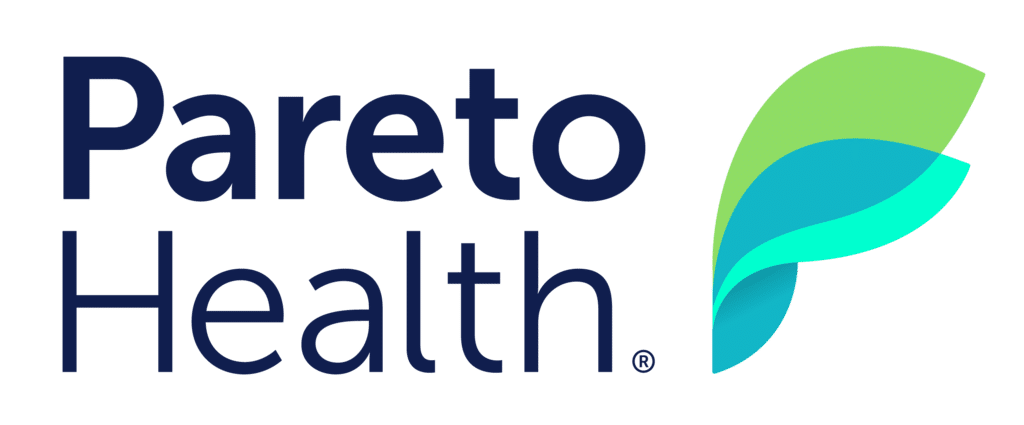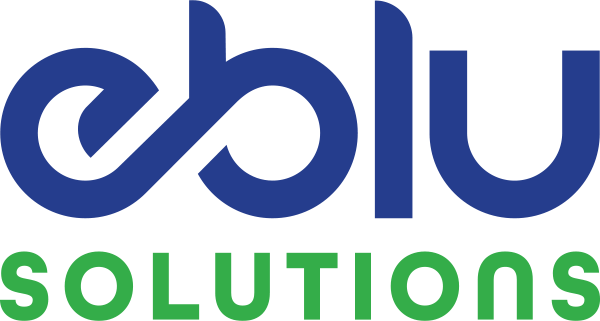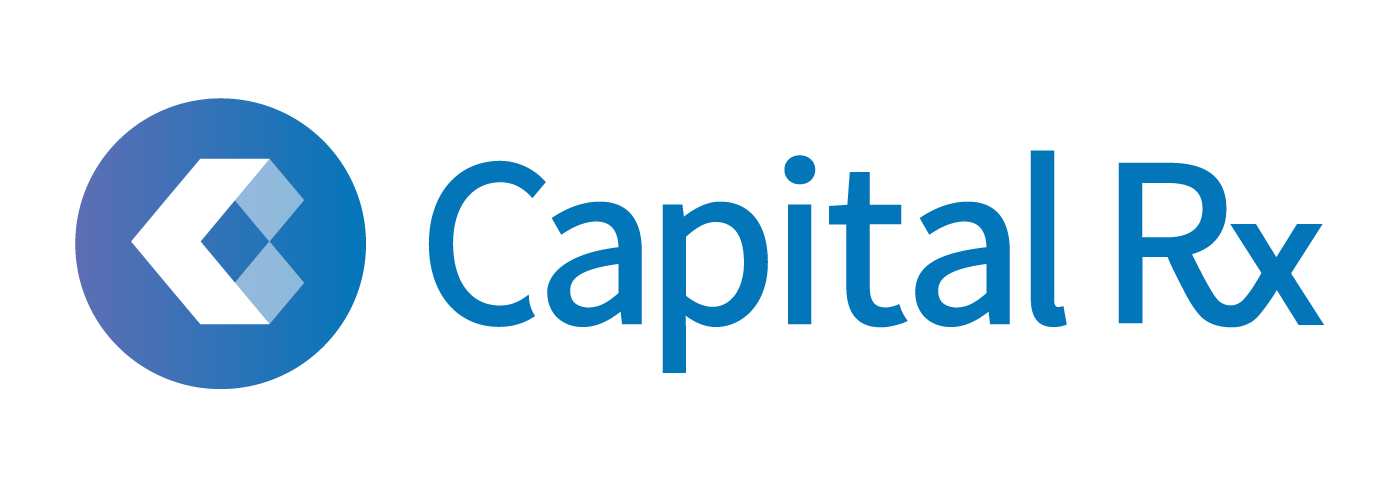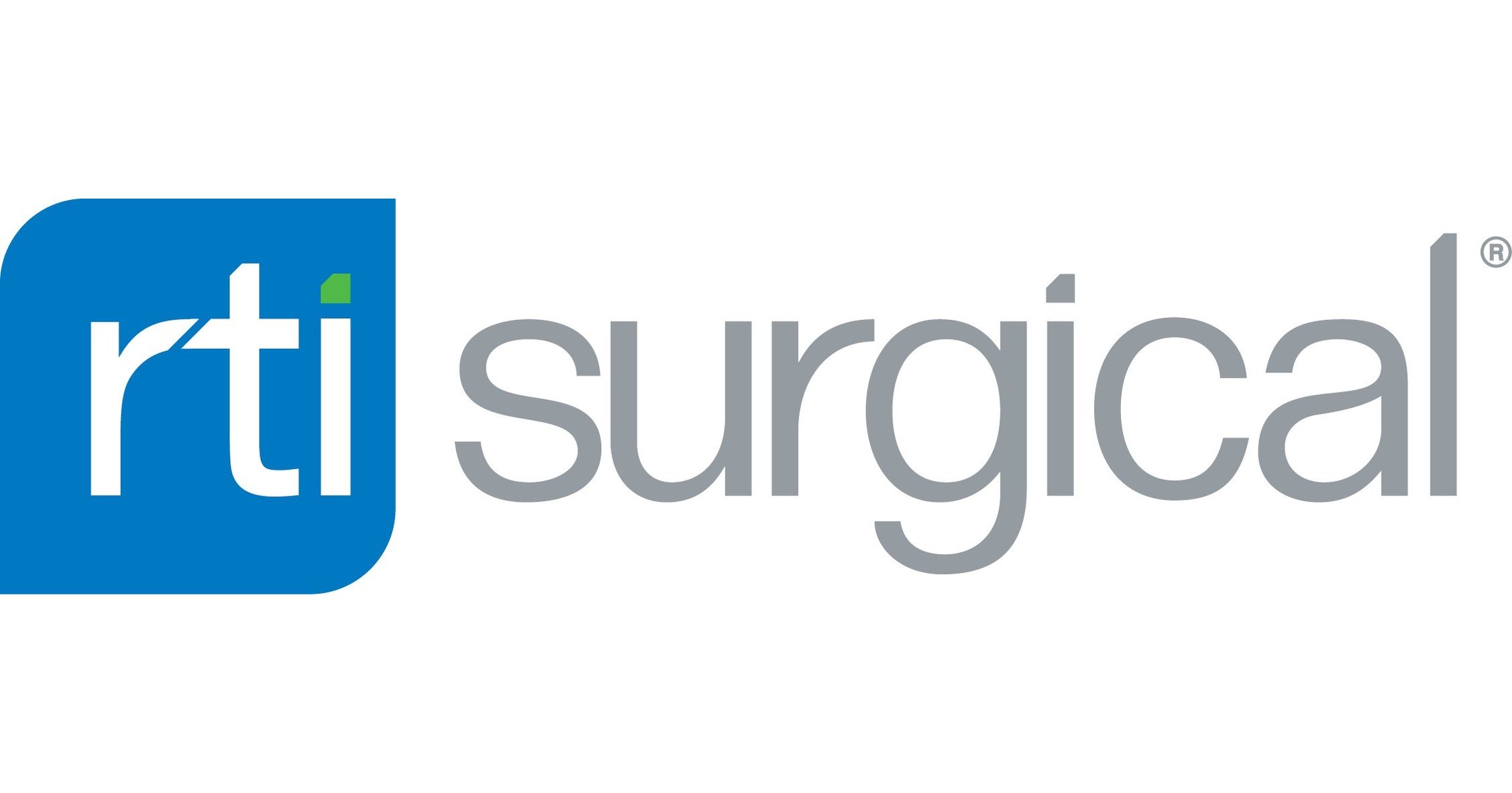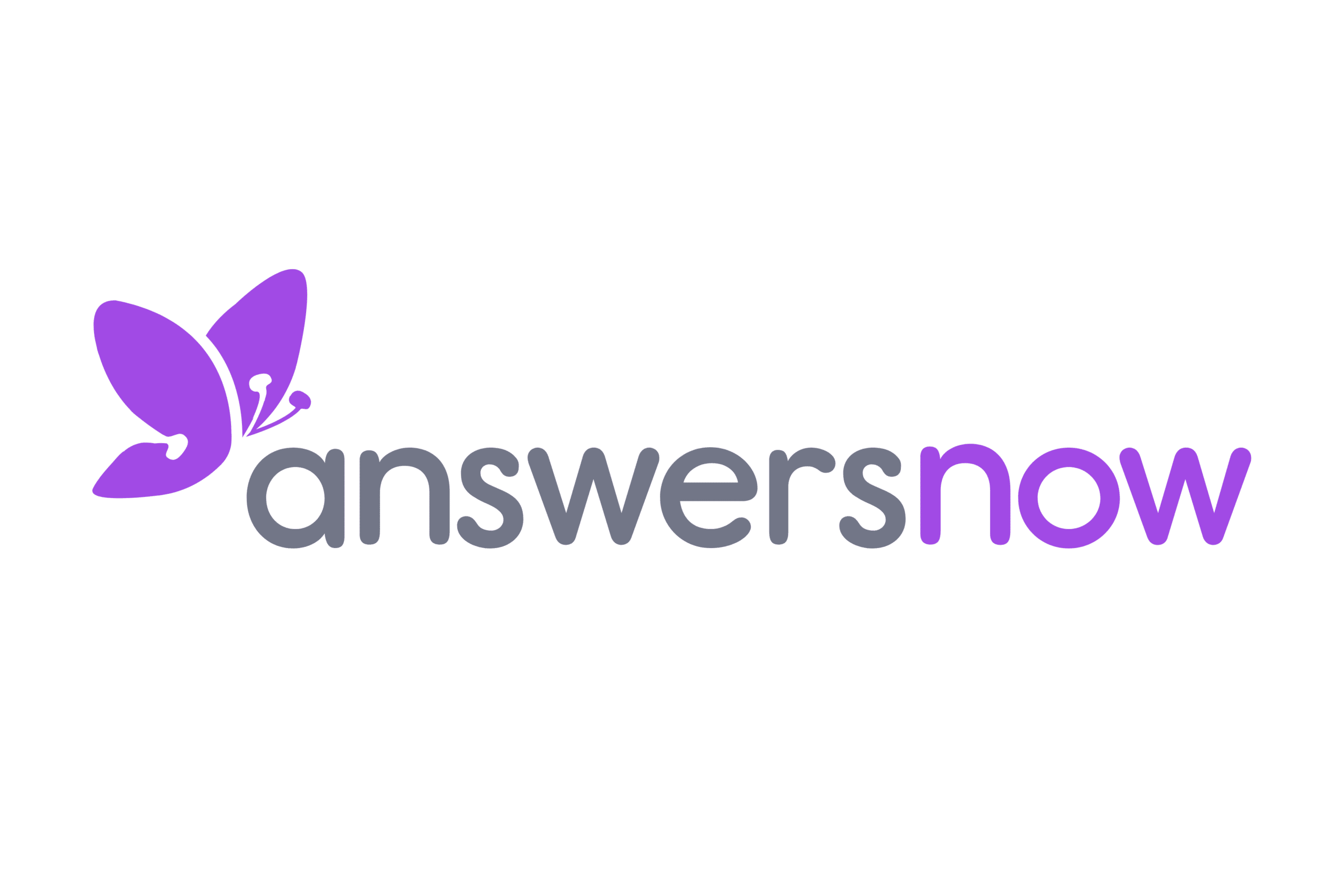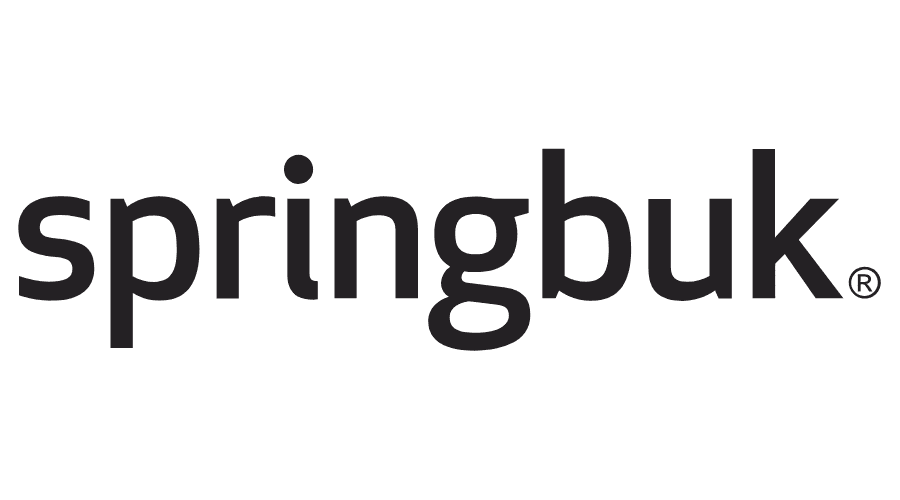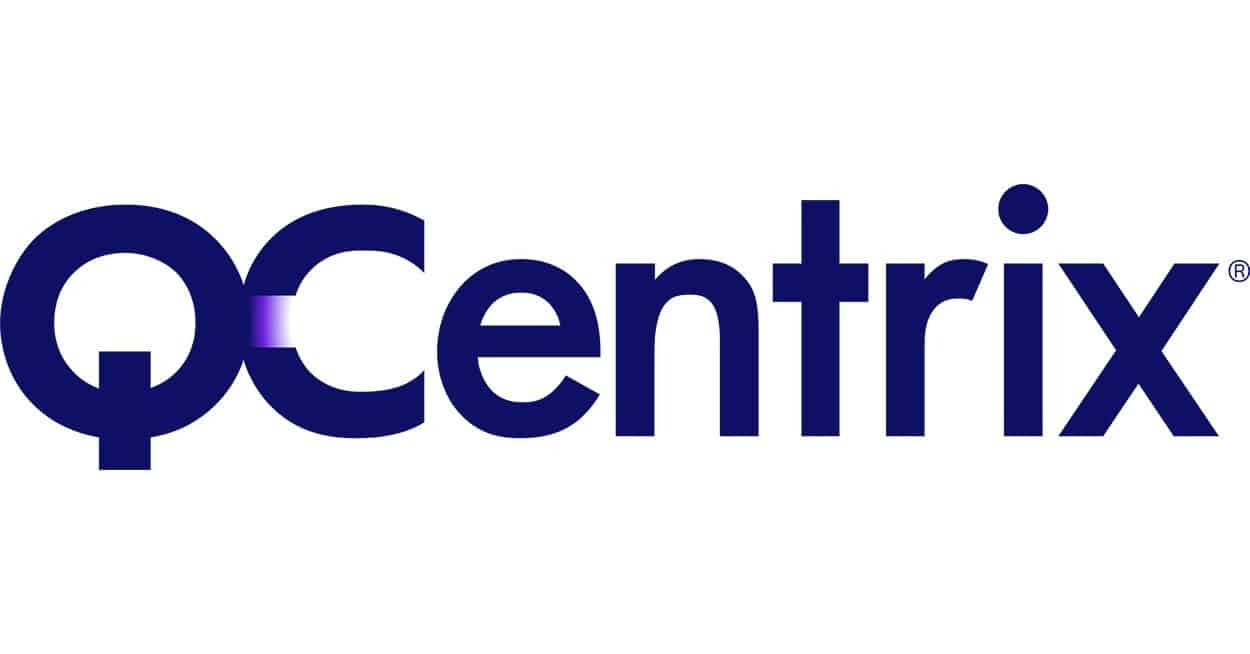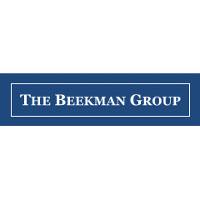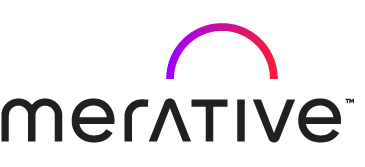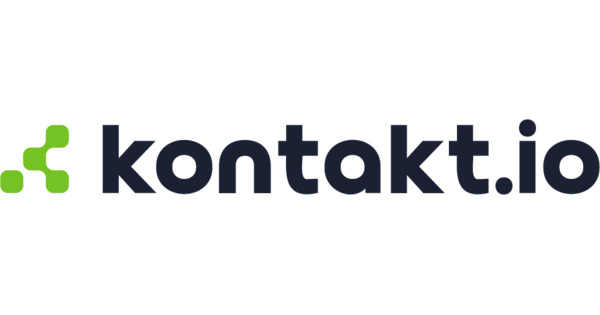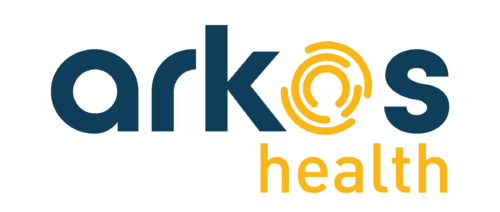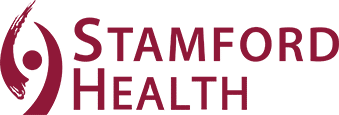"Age is an issue of mind over matter. If you don't mind, it doesn't matter" — Mark Twain
I am staring down 54. Soon, I will be considered “mid-50s.” They say 50 is the new 40 and I believe it. I have some achy joints yet I feel as energetic, vigorous, and mentally focused as ever — perhaps even more so than I was in my 30s.
If you look at my LinkedIn profile, however, you’ll see nothing before 1999 and no graduation years for undergrad or grad school. I am proud to be thriving, both professionally and personally, in my 50s but many companies would see my college graduation date, calculate my actual age, and discount me as “late-stage” in my career.
The fact is, even in the most inclusive workplaces, ageism still exists. It’s one of the last “isms” that continue to be tolerated in every industry, including healthcare. I face it, my peers face it, and the candidates I work with face it as well. If “age is just a number,” why do we permit it to be a determining factor in the hiring process?
What is Ageism?
Ageism is defined as prejudice or discrimination on the grounds of a person’s age. Although ageism can affect younger people, it generally has the greatest effect on older generations. There are three types of ageism:
- Interpersonal ageism which takes place between individuals
- Self-directed ageism which is the internalization of negativity towards yourself or your own age group
- Institutional ageism which occurs when social norms, practices, and rules are unfair to older adults
As a search professional, I confront ageism more often than I would like to admit. On many occasions, a client has viewed a resume or LinkedIn profile with dates from the last century and questioned whether the candidate has the “energy” for a startup.
“How long do they intend to work?”
“Will they be committed for a five-year run?”
“Can they keep up with our pace?”
Alternatively, I’ve spoken with many seasoned leaders who are nowhere near retirement. These talented executives thrive on staying highly occupied, continuously seeking new challenges and professional development opportunities, and have the energy to contribute full-tilt to a fast-paced company. Many go above and beyond to stay current on industry and technology trends and are possibly more innovative than the digital-savvy younger generations.
Which begs the question, why are we still tolerating ageism in the workplace?
5 Important Ageism Stats to Know
- SHRM recently reported that the average age of C-suite leaders is 57, which is roughly the same as it was in the 1950s.
- As of 2020, workers 50 and older made up over a third of the U.S. workforce, and one in four U.S. workers is expected to be 55 or older by 2030.
- 62 percent of workers 50 and above believe older workers face age discrimination, and over 93 percent assert that ageism in the workplace is a regular occurrence.
- 76 percent of respondents in an AARP survey believe that their job search will last longer than three months because of age bias.
- In 2022, the average retirement age rose to 66.
As the average age of the workforce continues to rise, and retirement age inches closer and closer to 70, hiring managers and their stakeholders must wake up to their biases and recognize that older generations still have plenty of gas in the tank.
The Value of Seasoned Leadership
In today's dynamic and competitive business environment, experience is an invaluable asset. As organizations strive to bridge talent gaps and drive sustainable growth, it is crucial to recognize the immense value that seasoned leaders bring to the table. With years of experience, these individuals have witnessed both the highs and lows of their industries, learning valuable lessons that can steer companies away from costly mistakes. Their deep understanding of best practices, combined with the wisdom gained from past challenges, makes them uniquely equipped to guide companies through complex decisions and foster long-term success.
While the enthusiasm and innovation of young founders are essential to driving new ideas and energy within an organization, there is often a gap in execution and strategic focus. Young leaders, though passionate and visionary, may lack the practical experience needed to navigate the intricate paths of profitability and sustained growth. By pairing their dynamism with the seasoned insight of experienced leaders, companies can create a balanced leadership team that leverages both innovation and proven strategies, ensuring a robust foundation for future success.
50 is The New 40
Anthony Hopkins won an Oscar for Best Actor in 2021 at age 83. Laura Kraut, a 58-year-old American showjumper just took silver at the Paris Olympics. If you were lucky enough to catch U2 at the Sphere in Vegas, I doubt you would question 64-year-old Bono’s energy. The point is, age should never be a limiting factor in recognizing talent and potential. Just as these individuals continue to excel in their respective fields, many seasoned professionals in the healthcare industry are still at the peak of their capabilities. Organizations that embrace the diverse strengths of leaders across different age groups are better positioned to innovate, grow, and succeed in an ever-evolving market.
This article was written by Pam Zients, Partner at Chasm Partners. Pam specializes in executive leadership placements at healthcare services and technology companies.
To continue the conversation with Pam, connect with her on LinkedIn.



